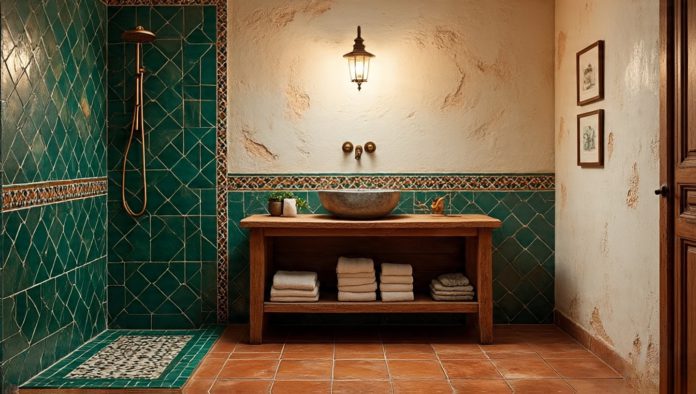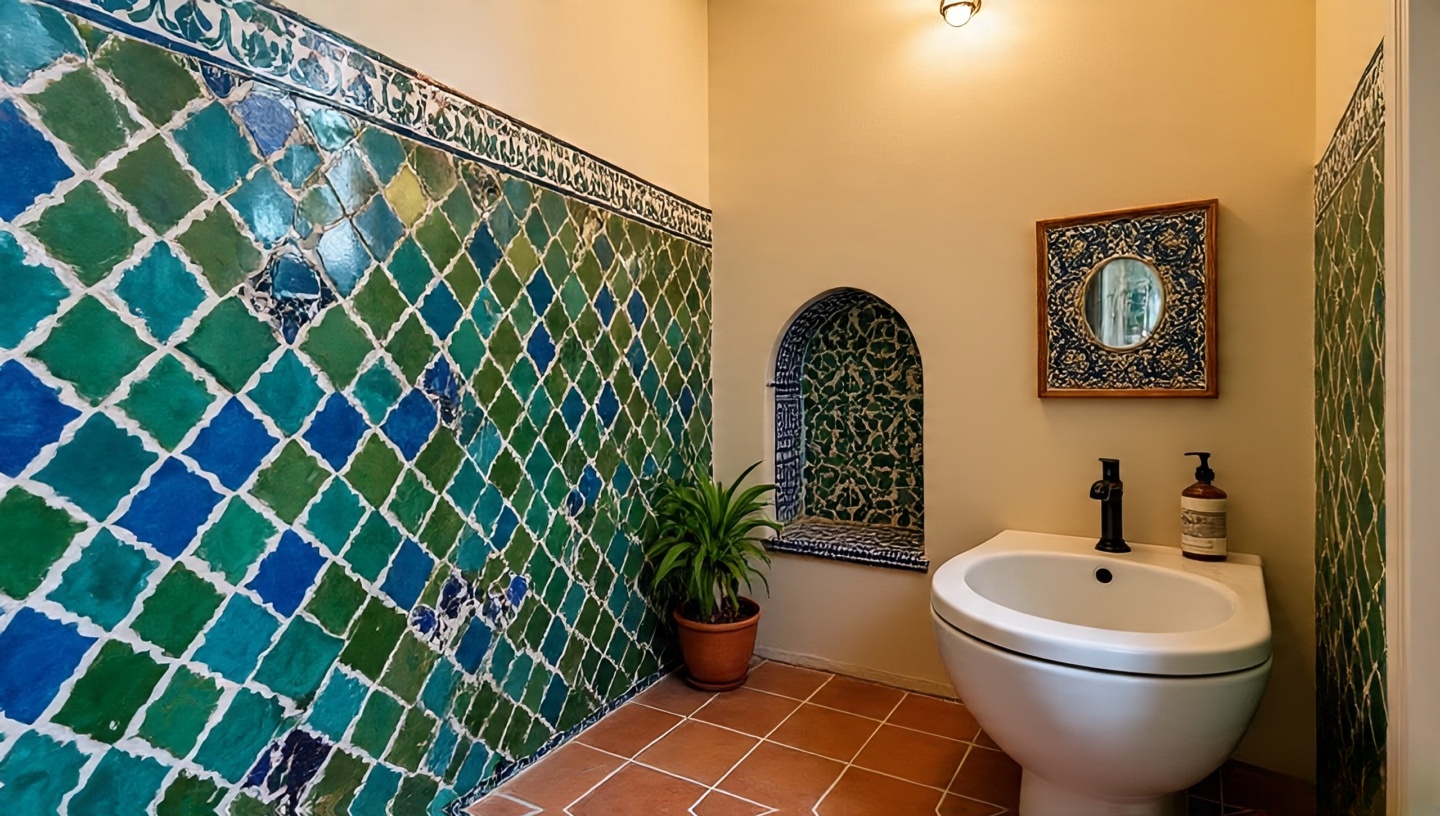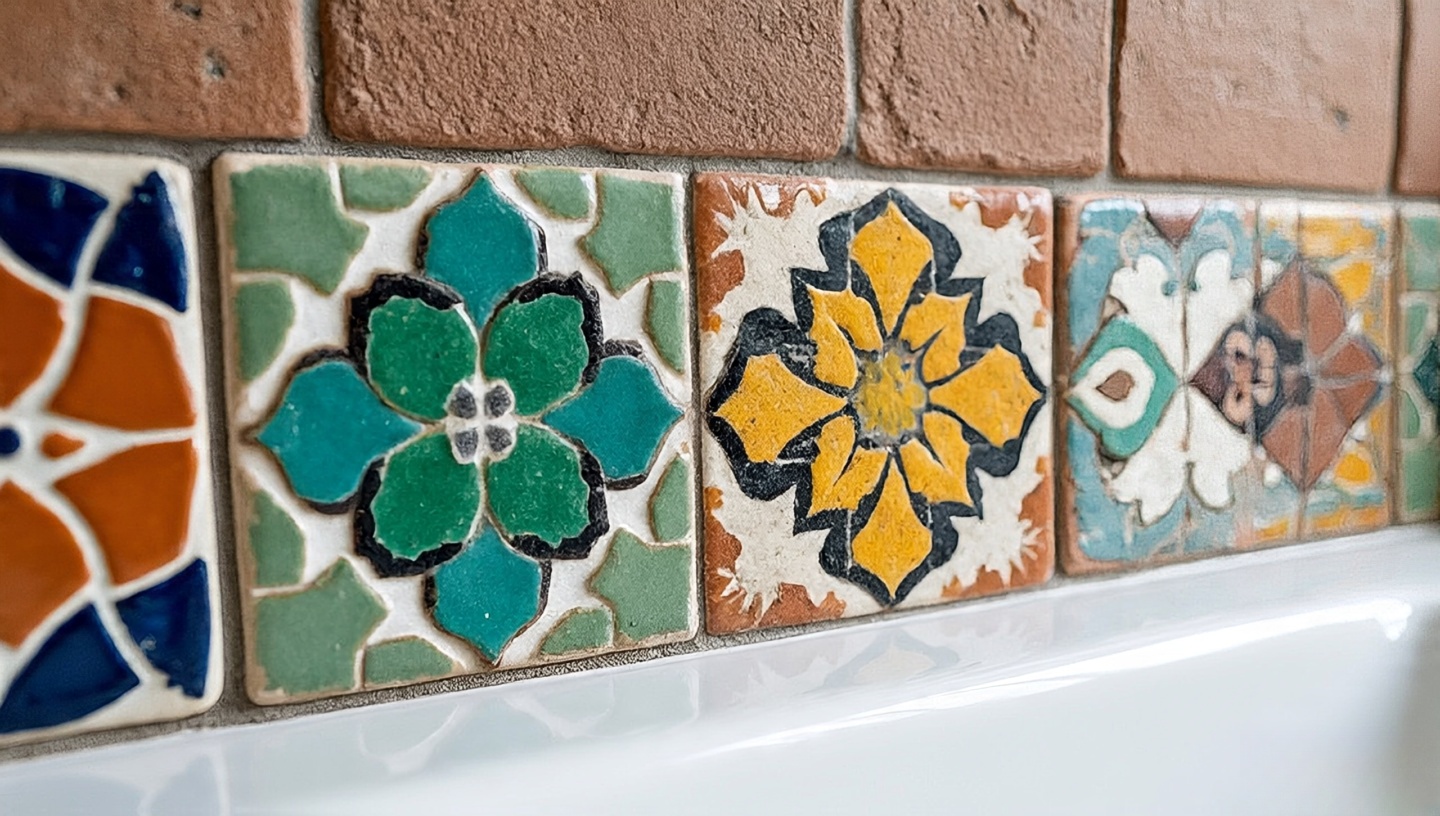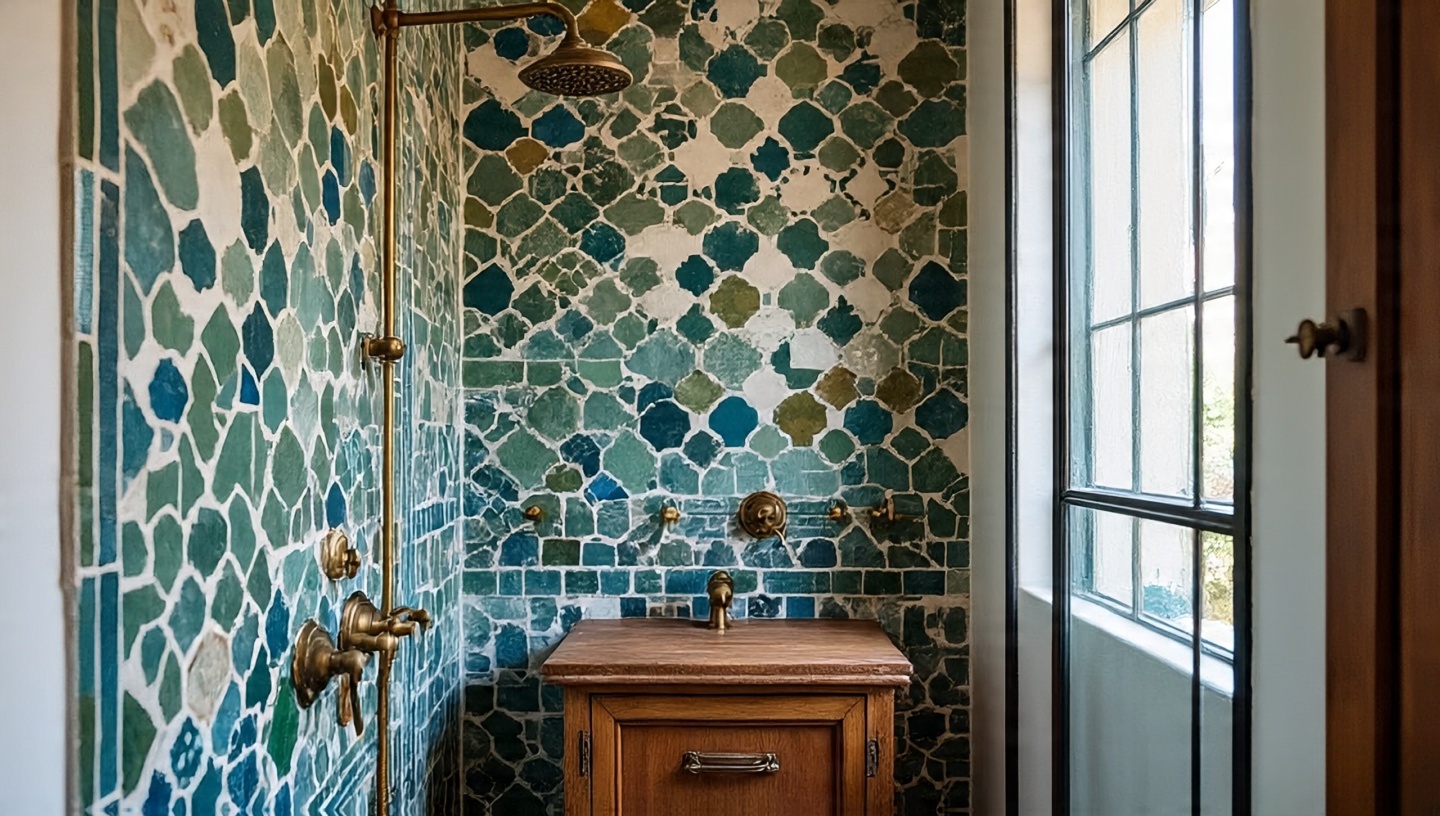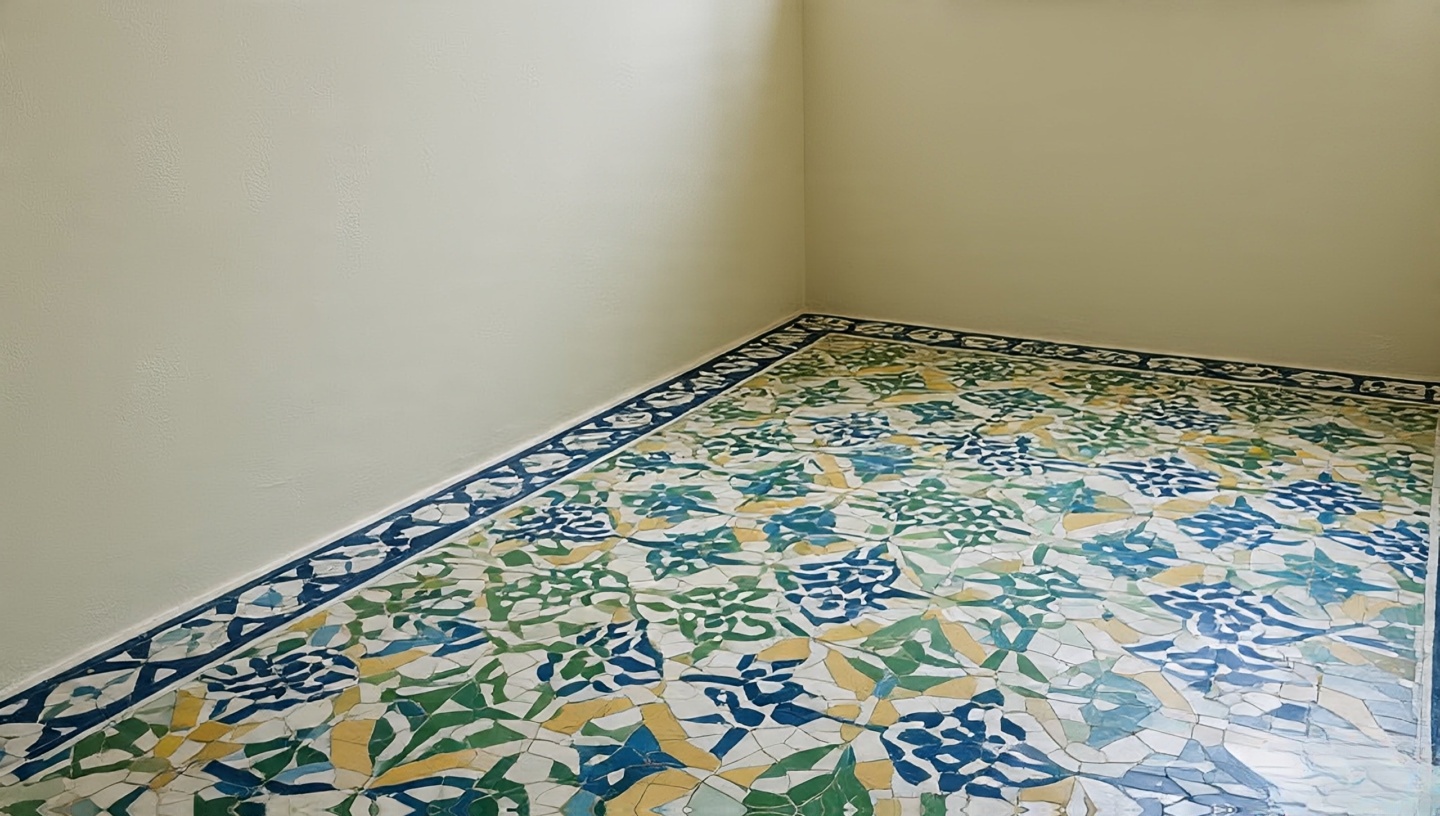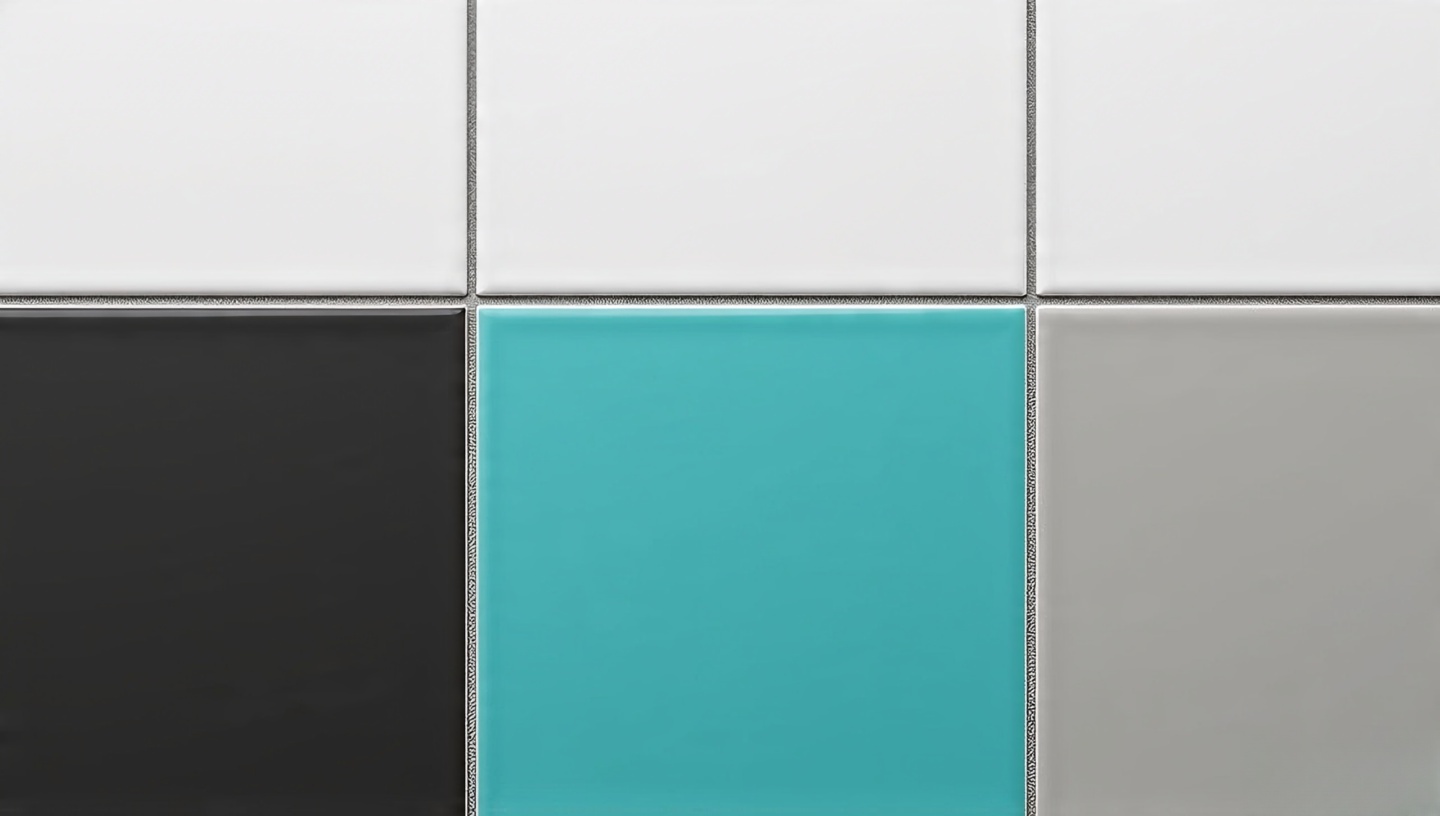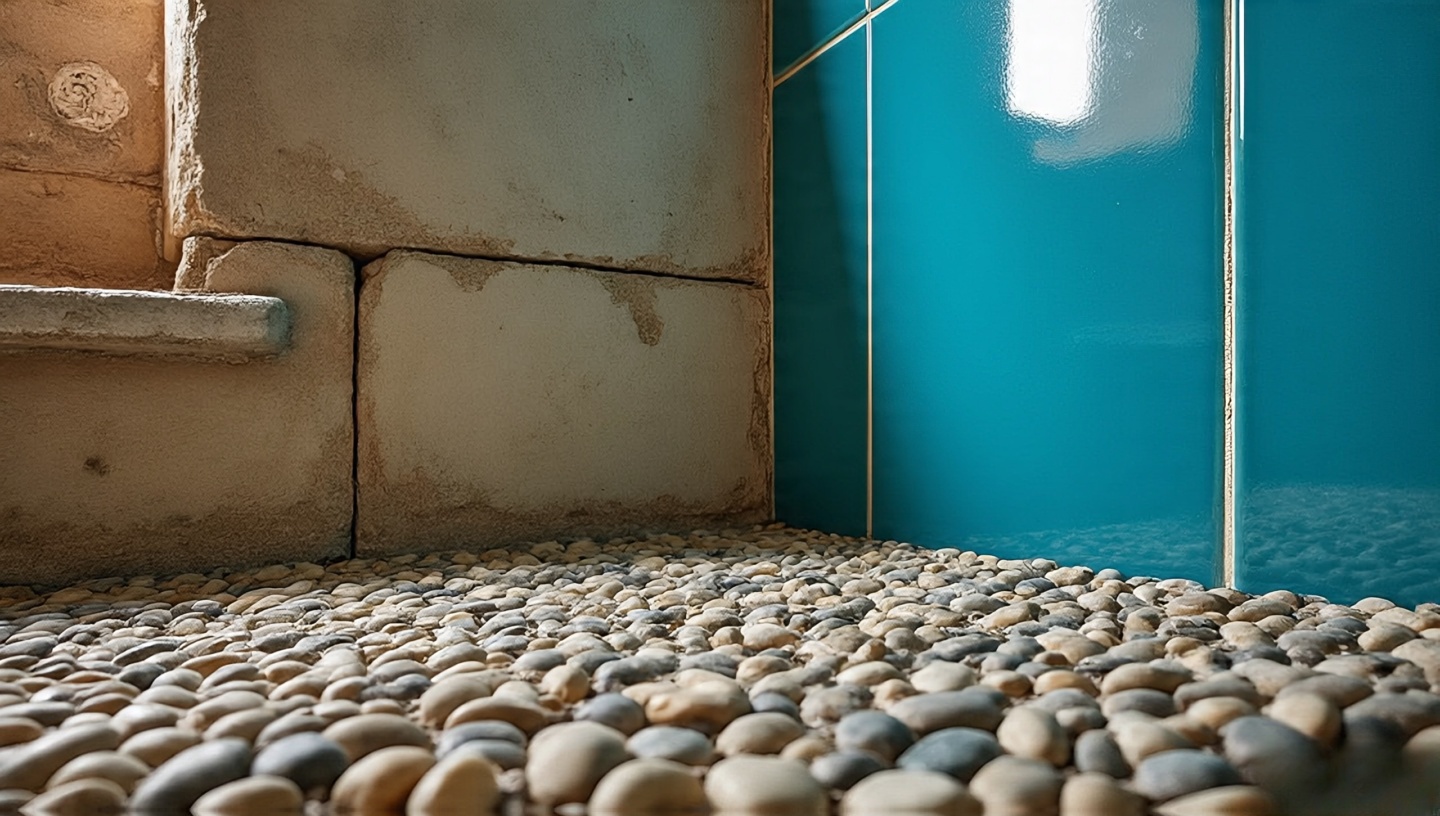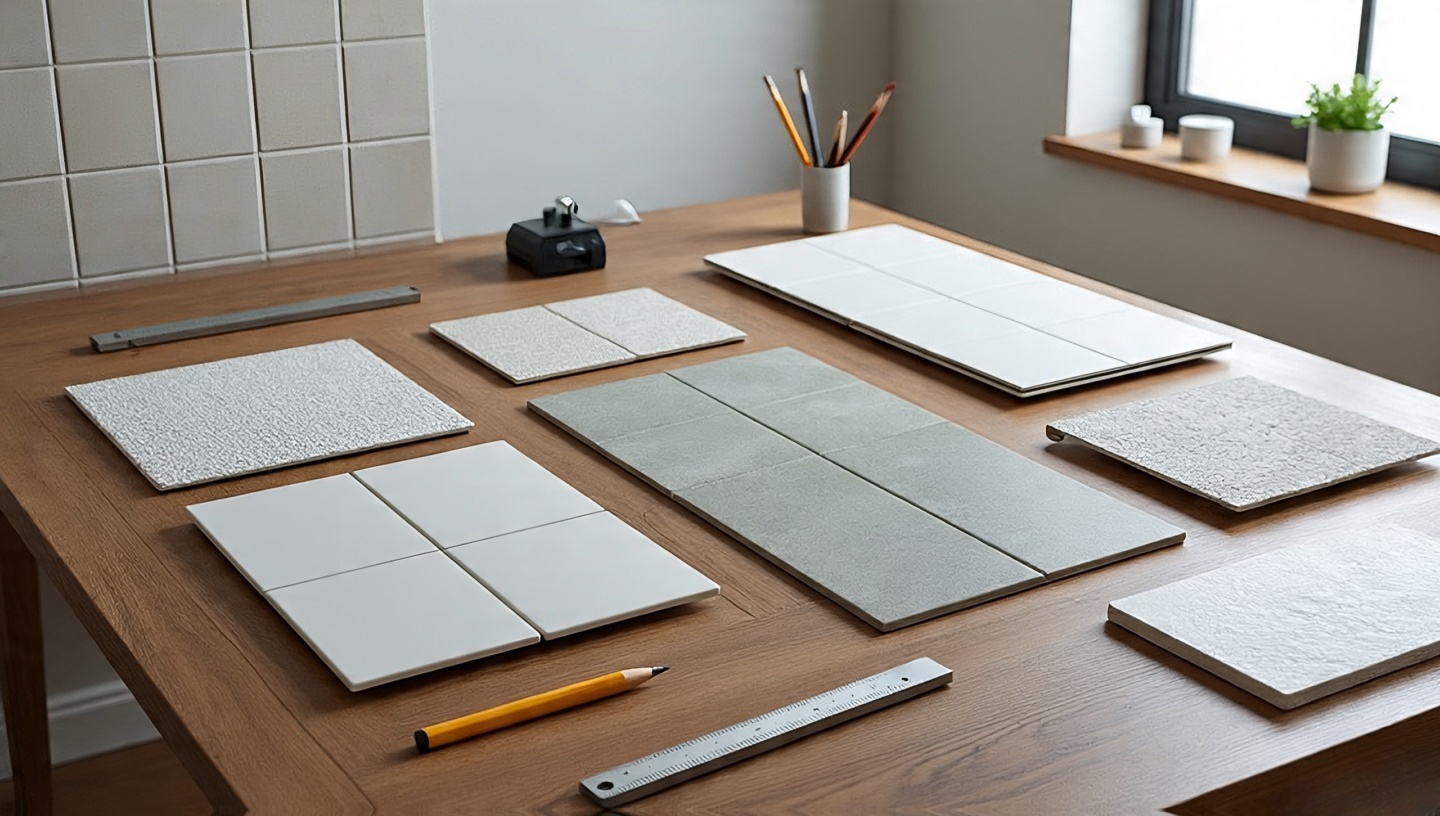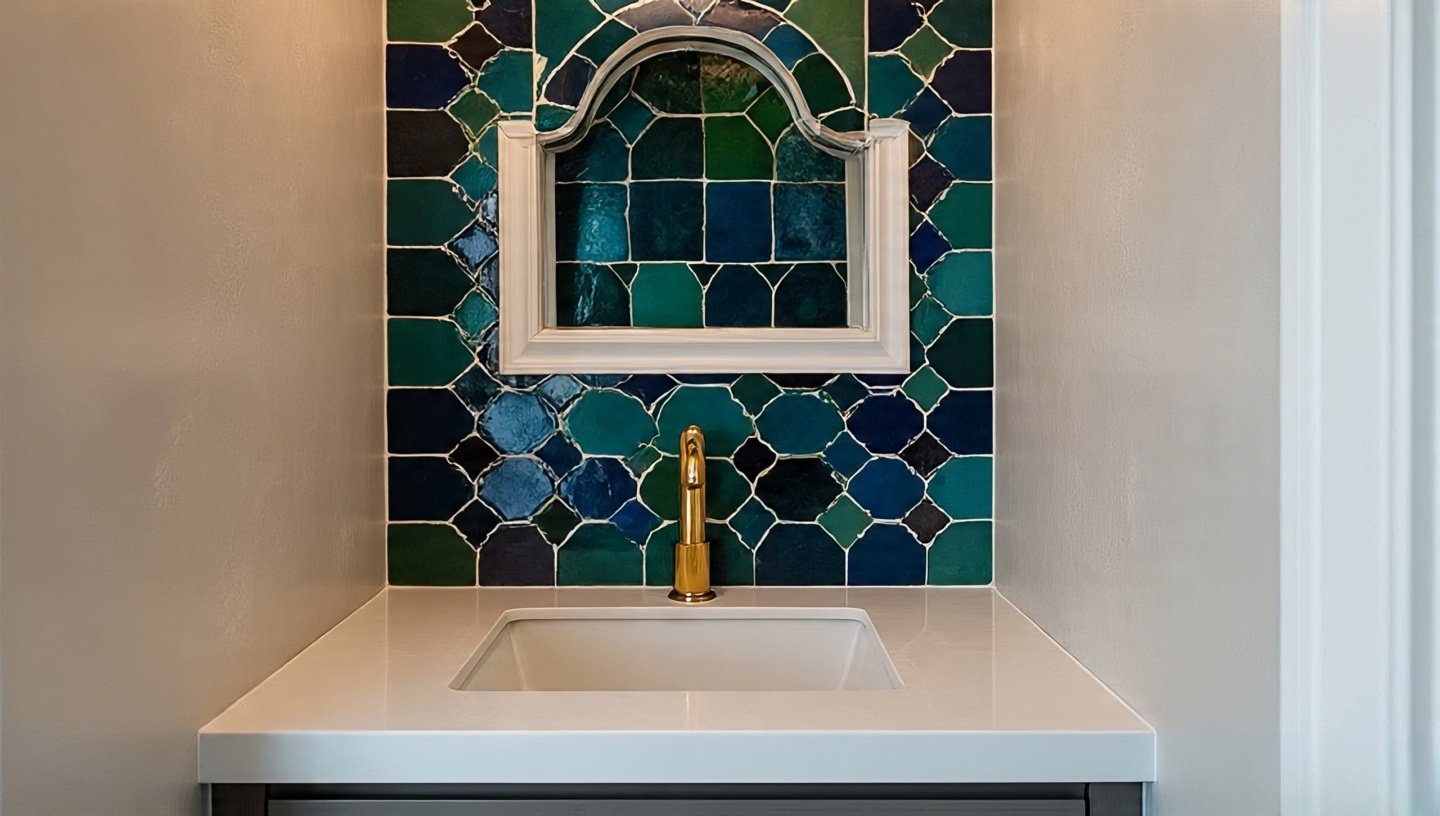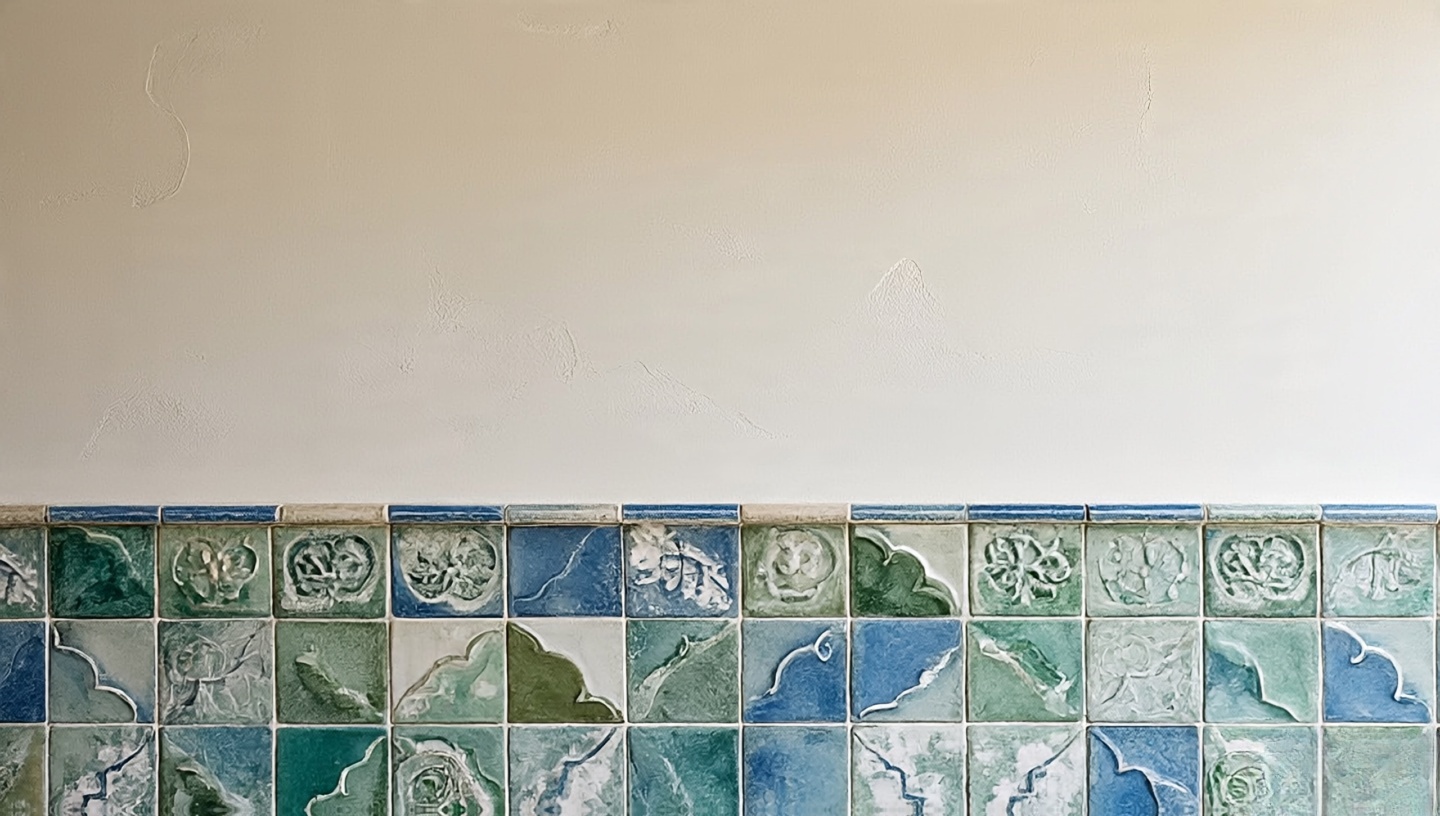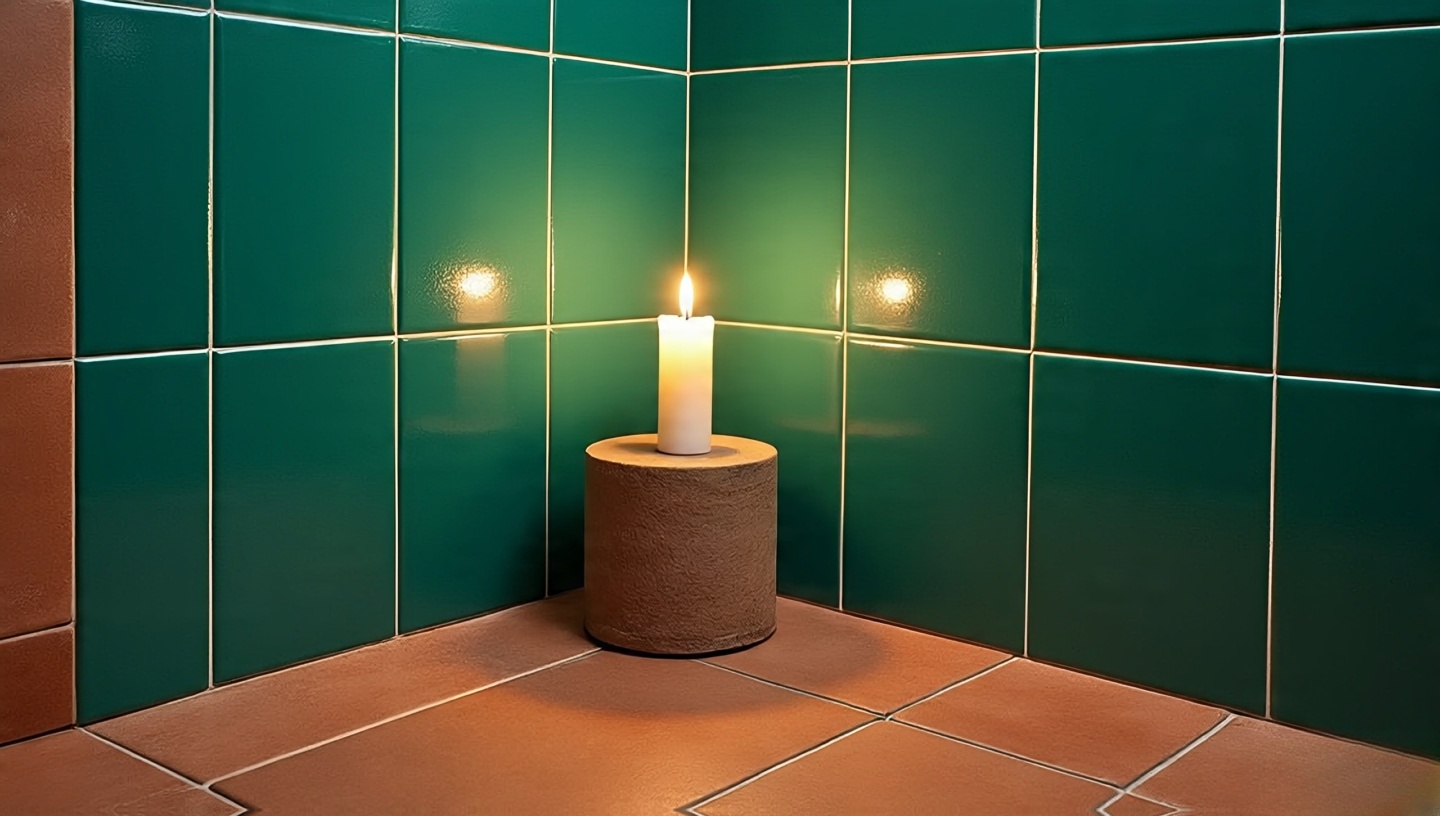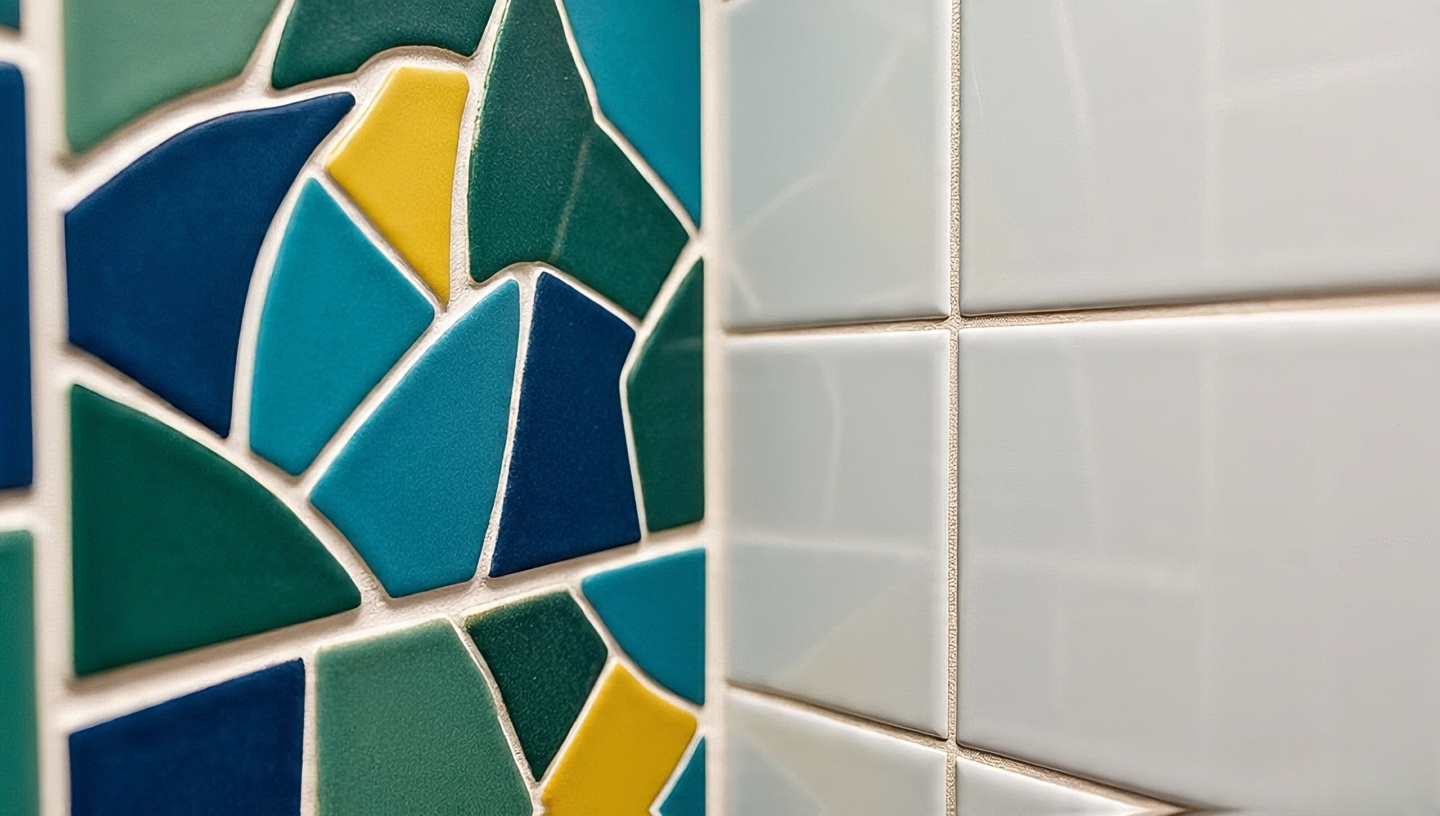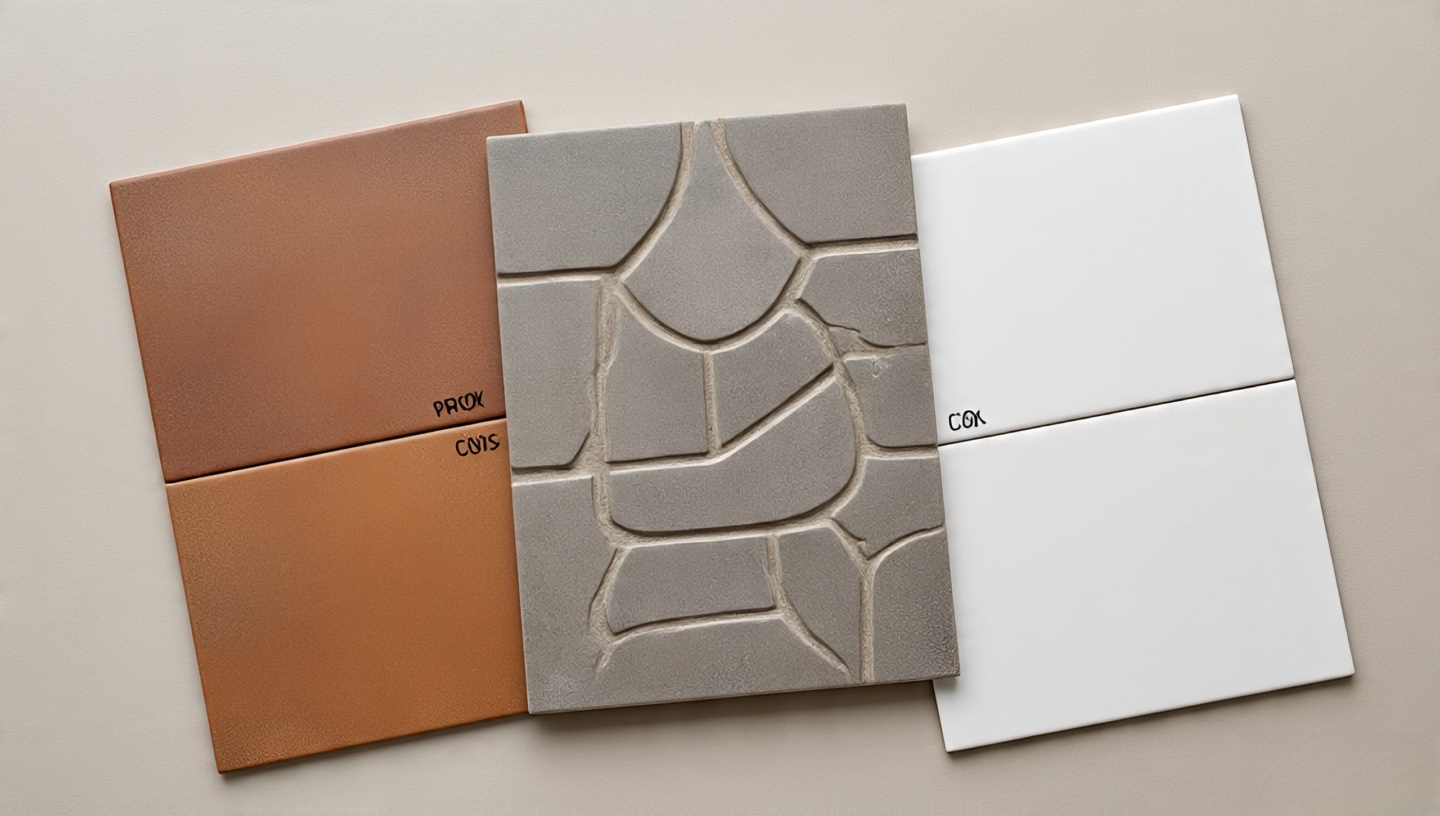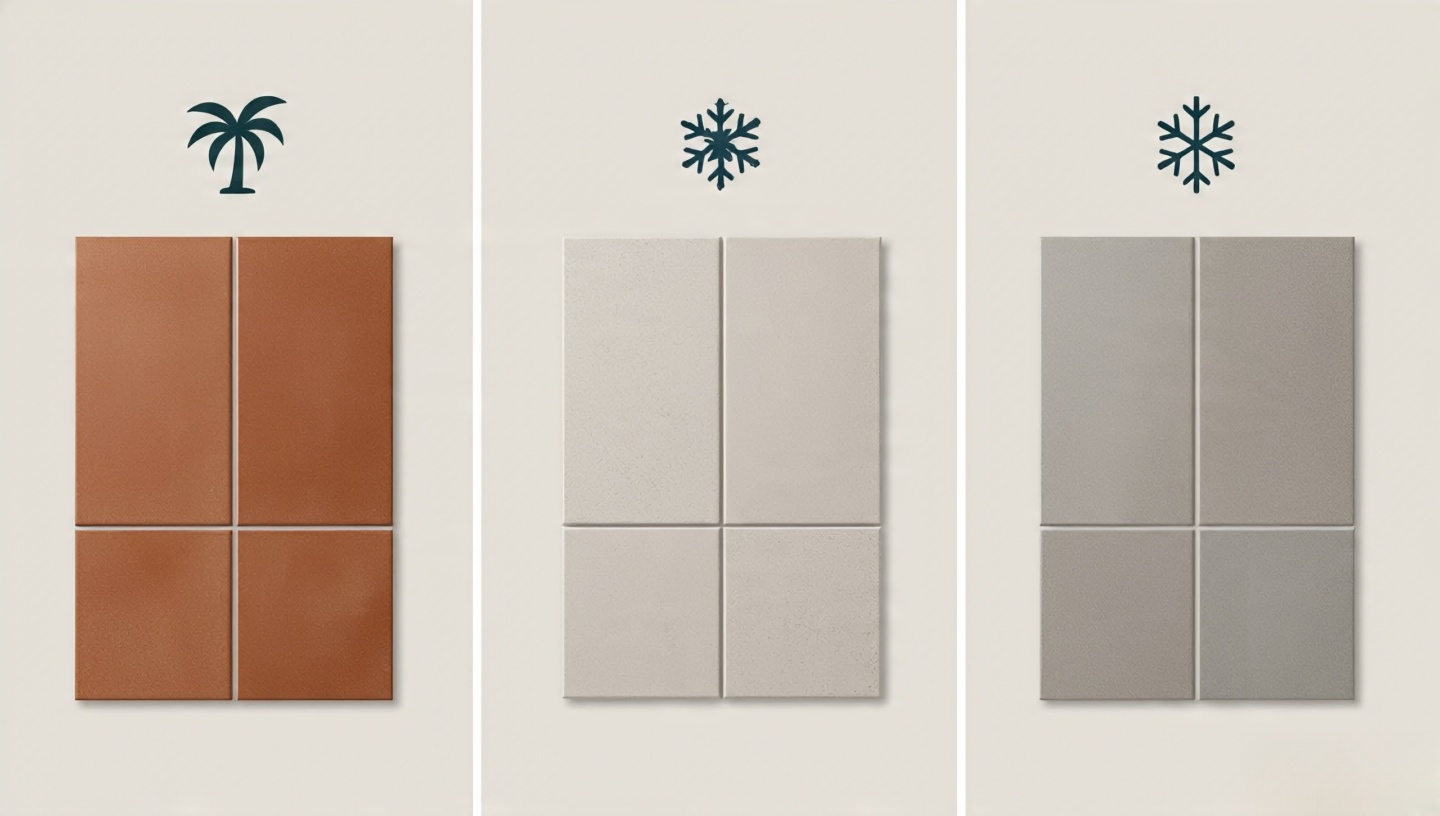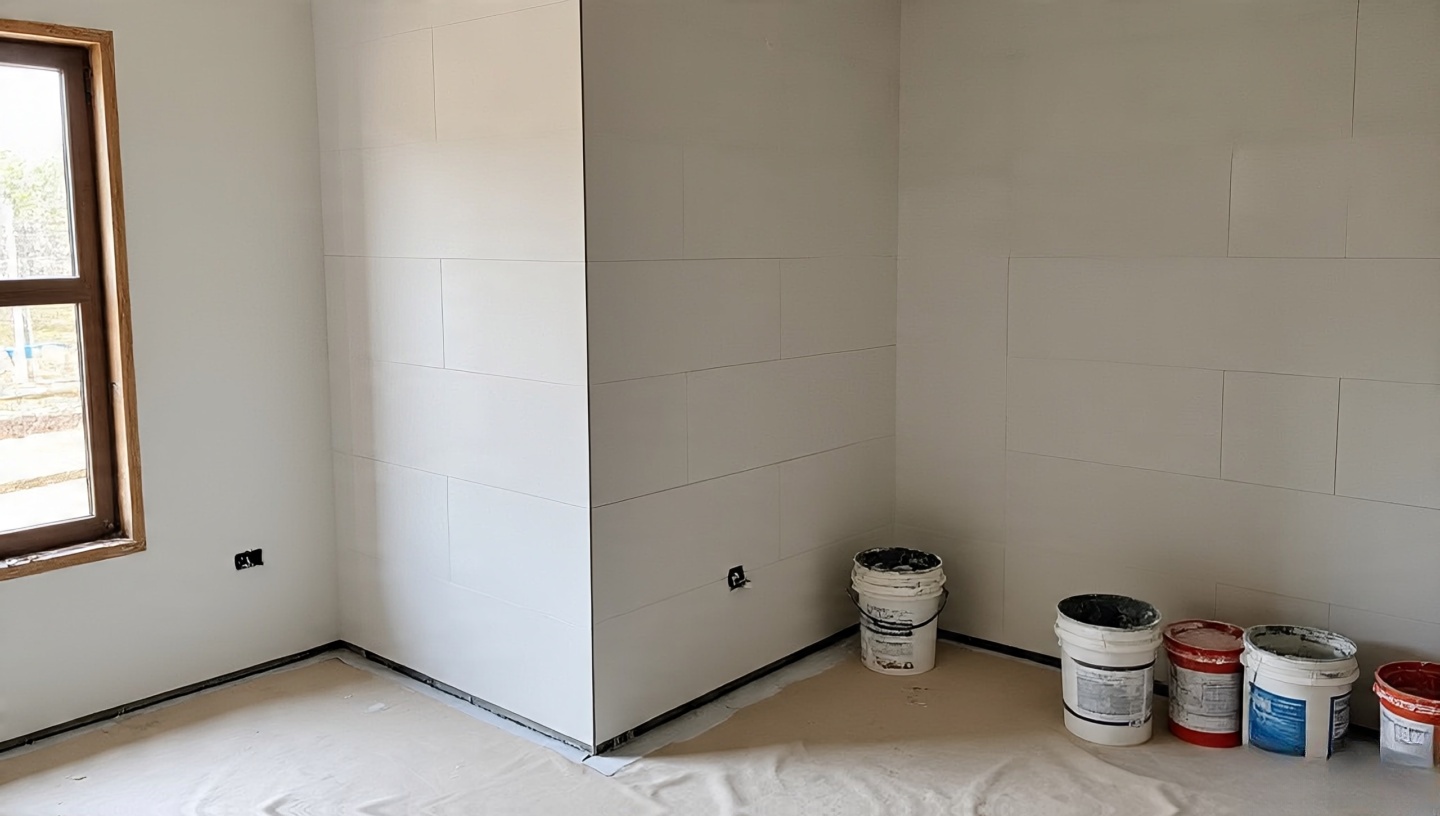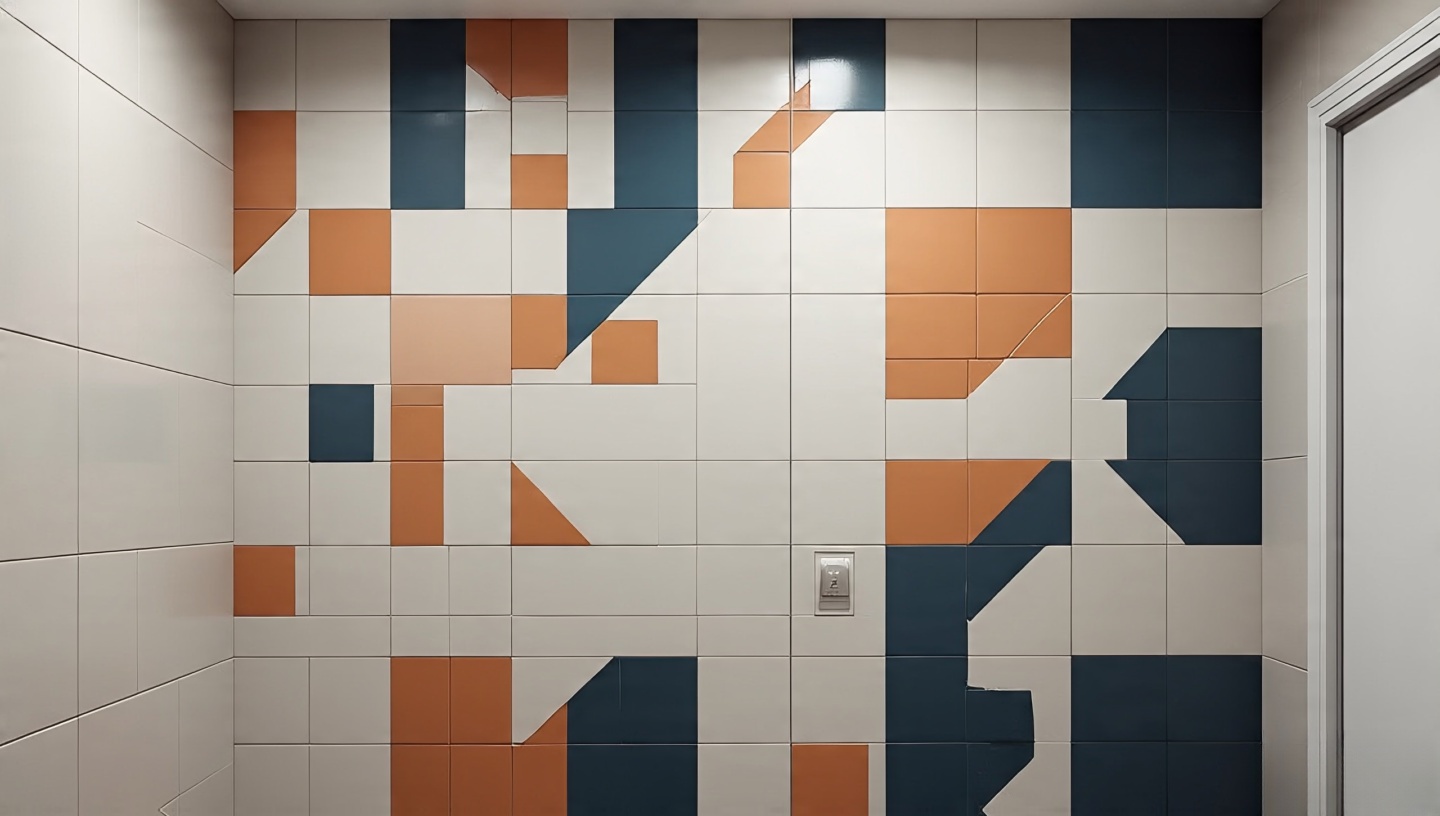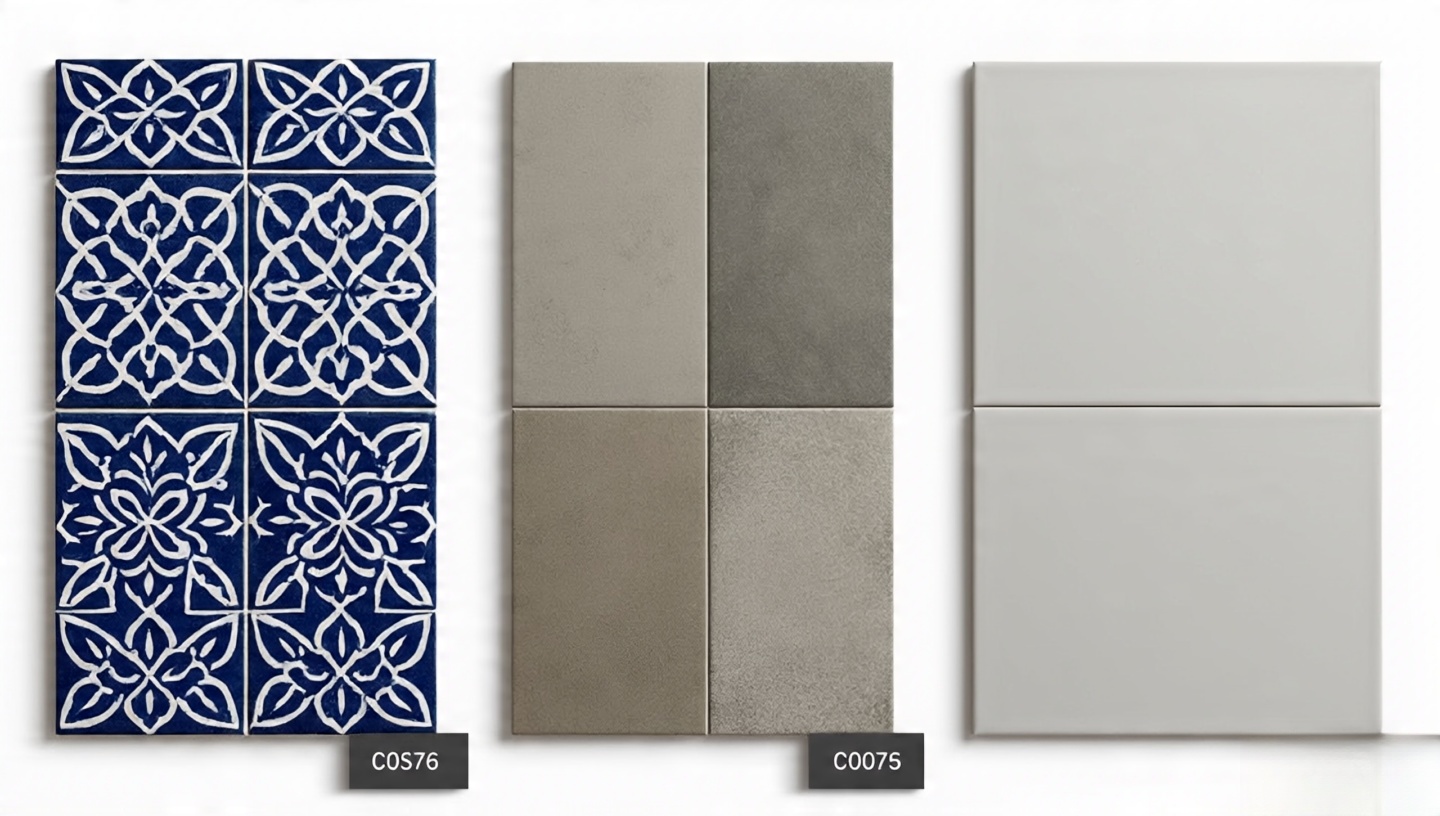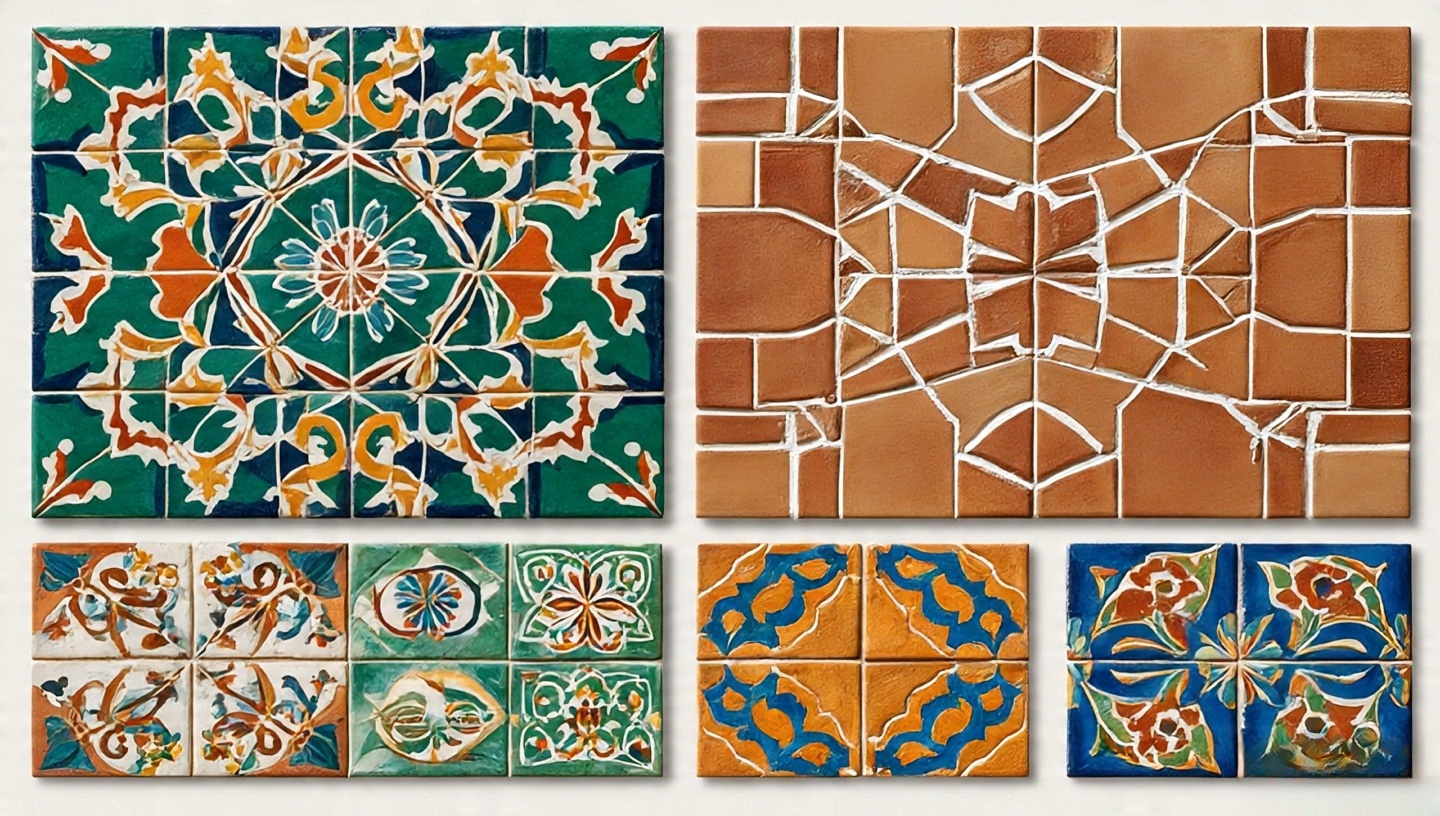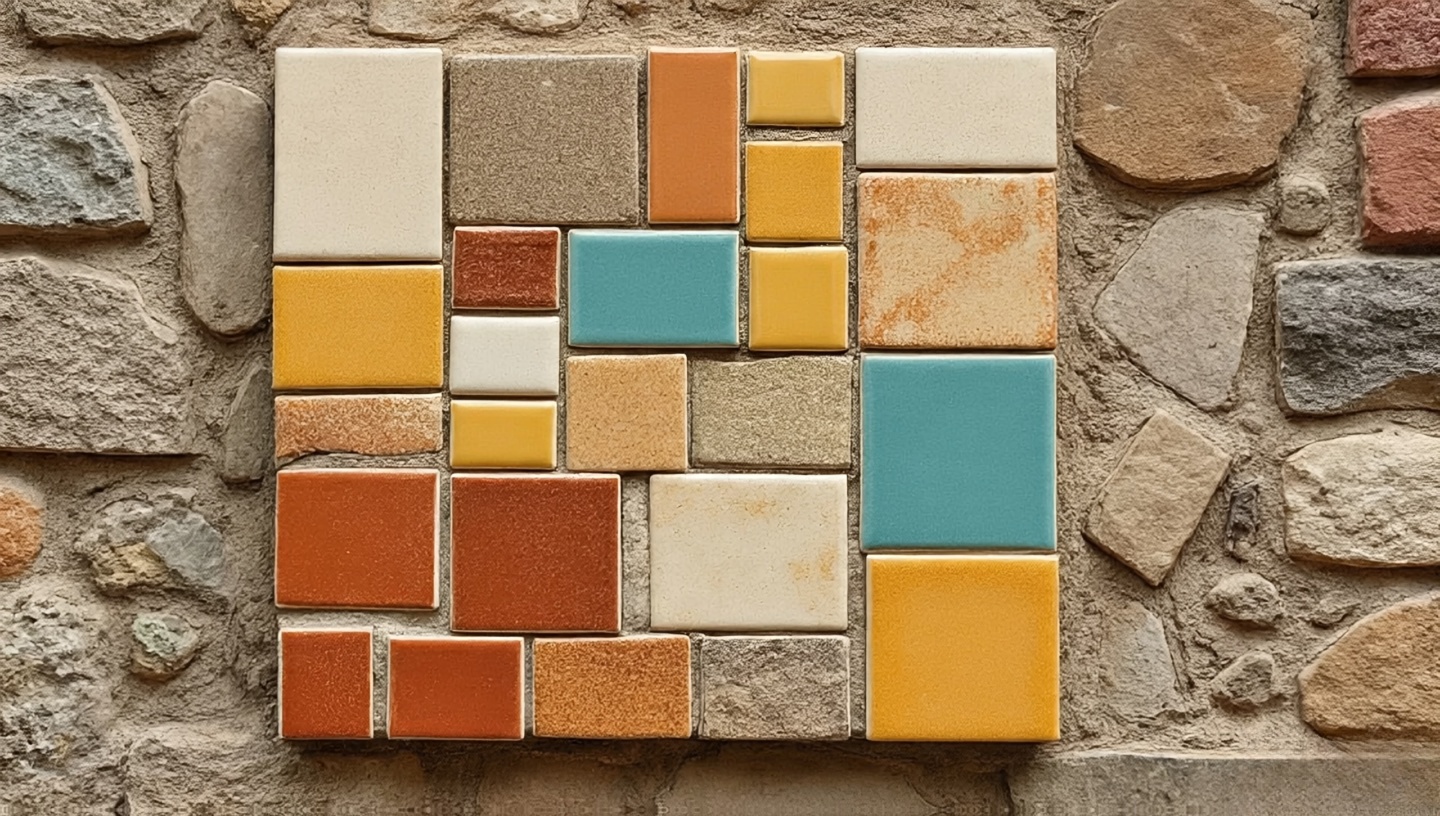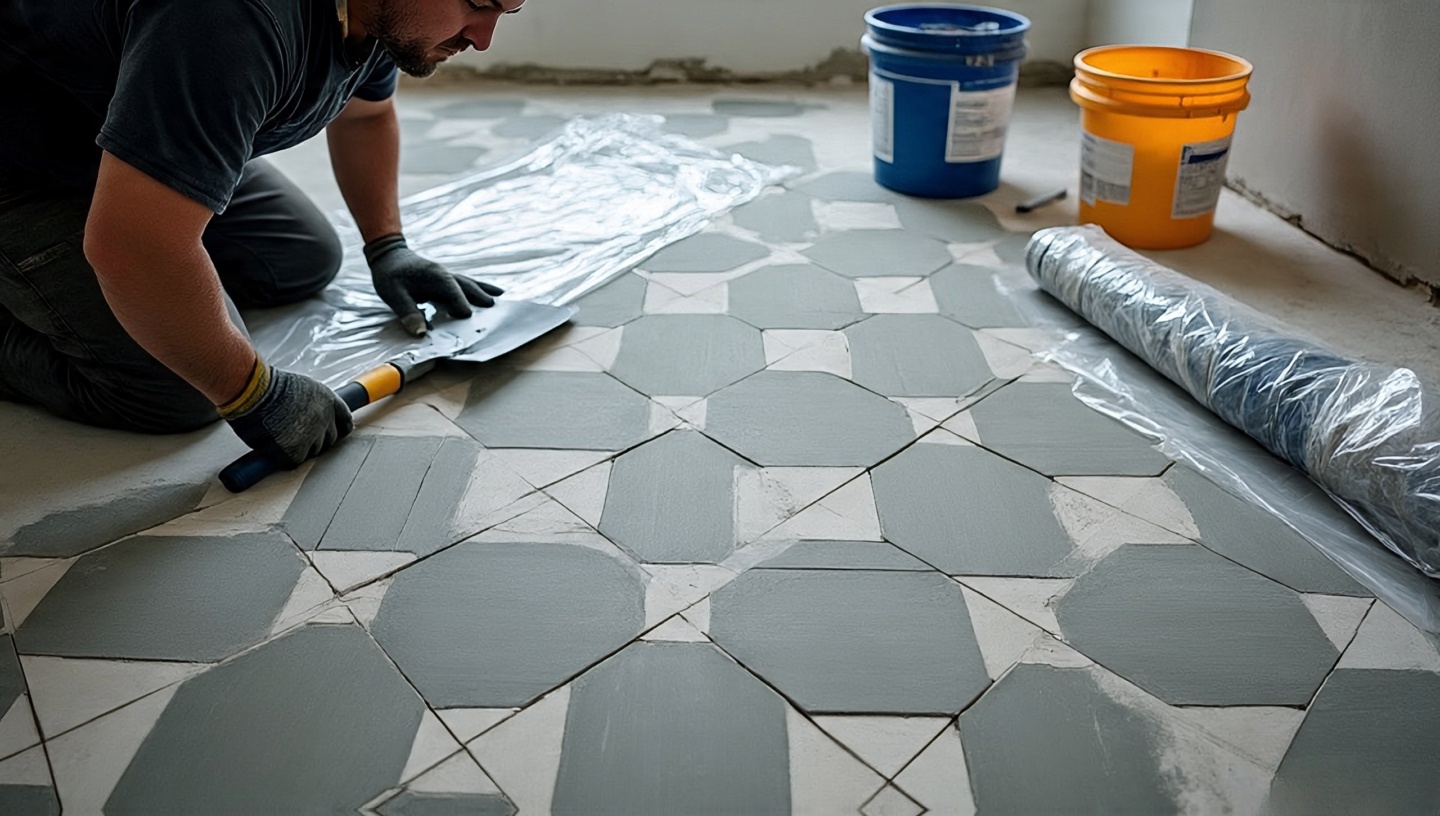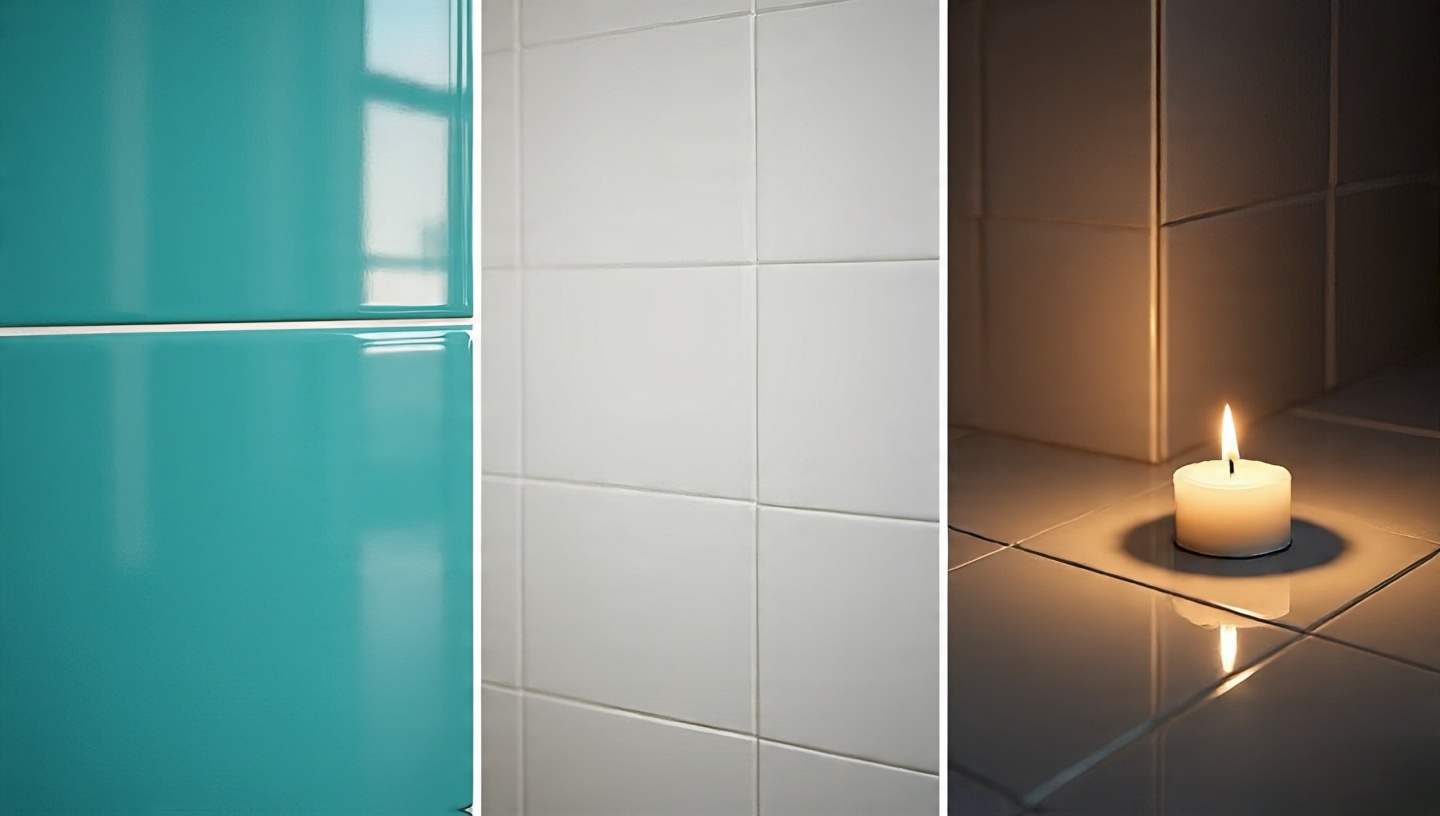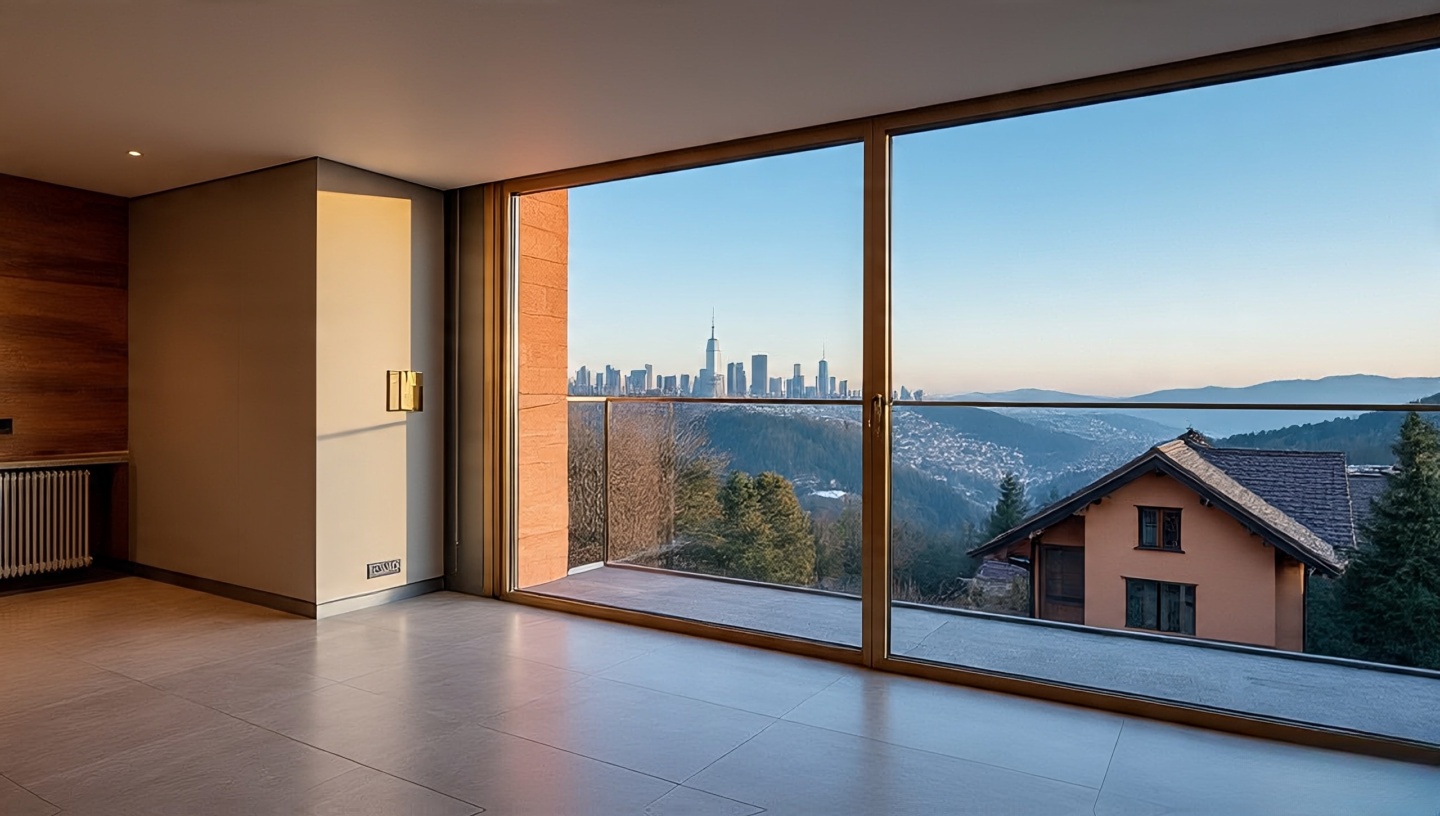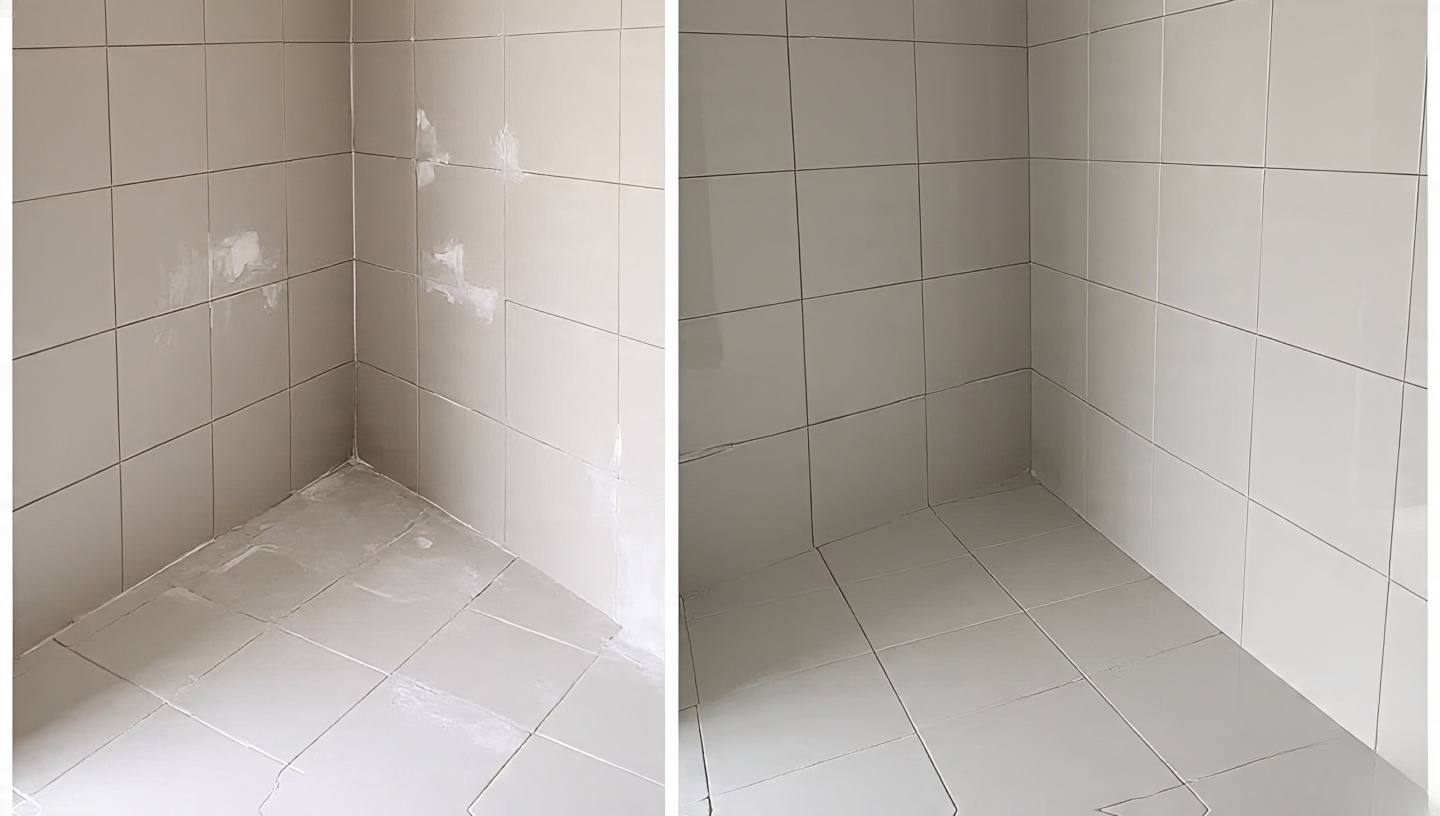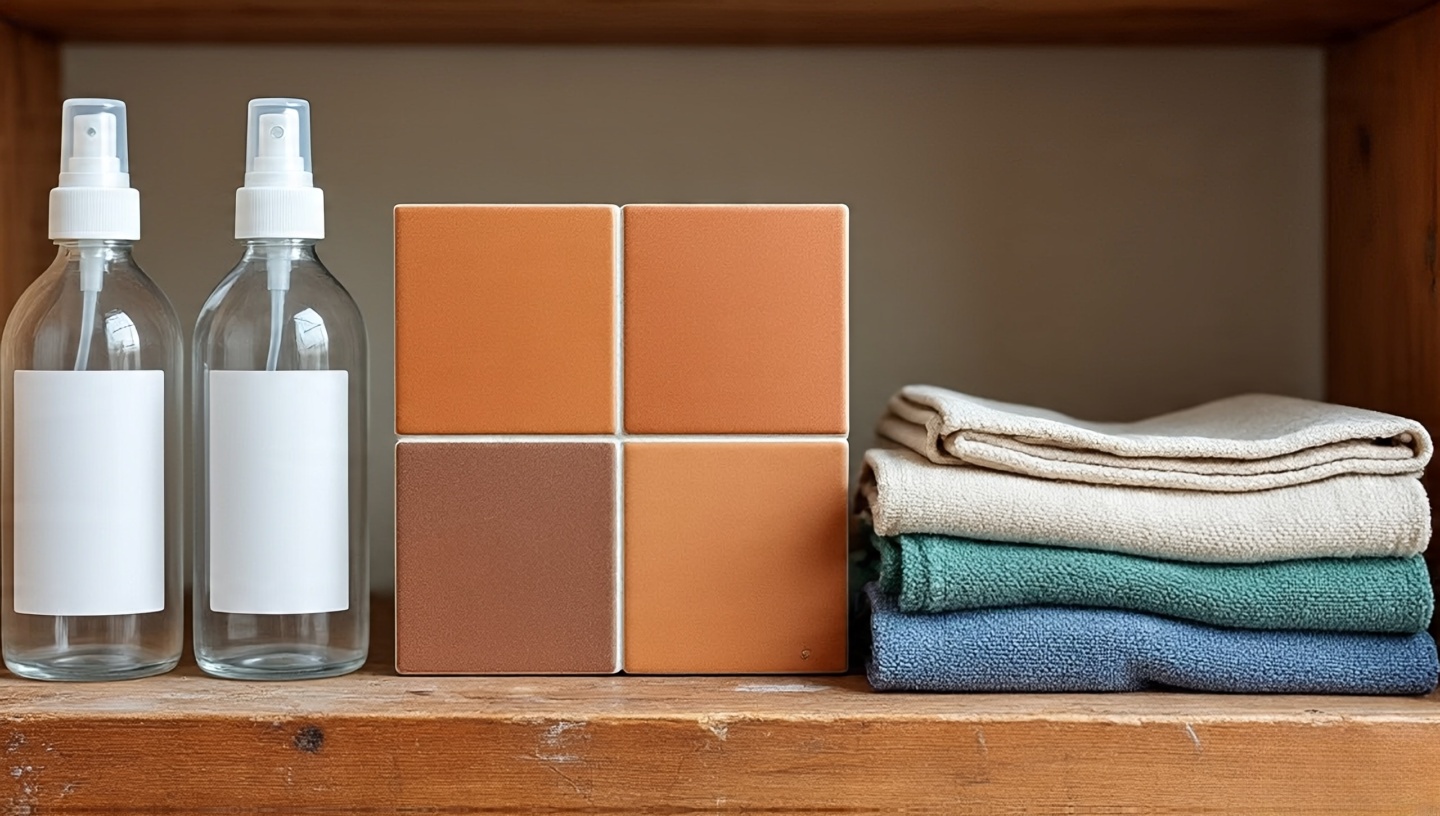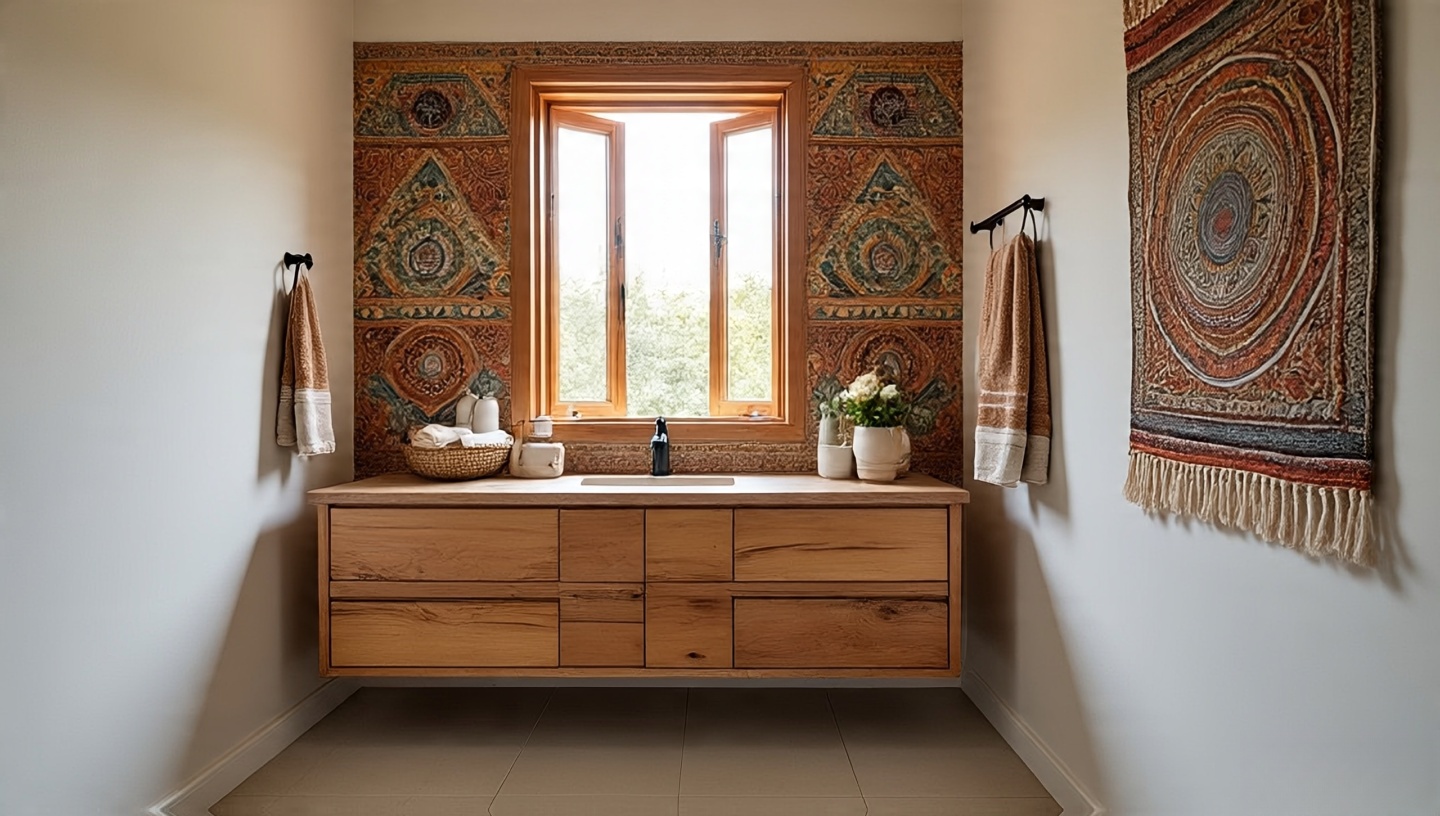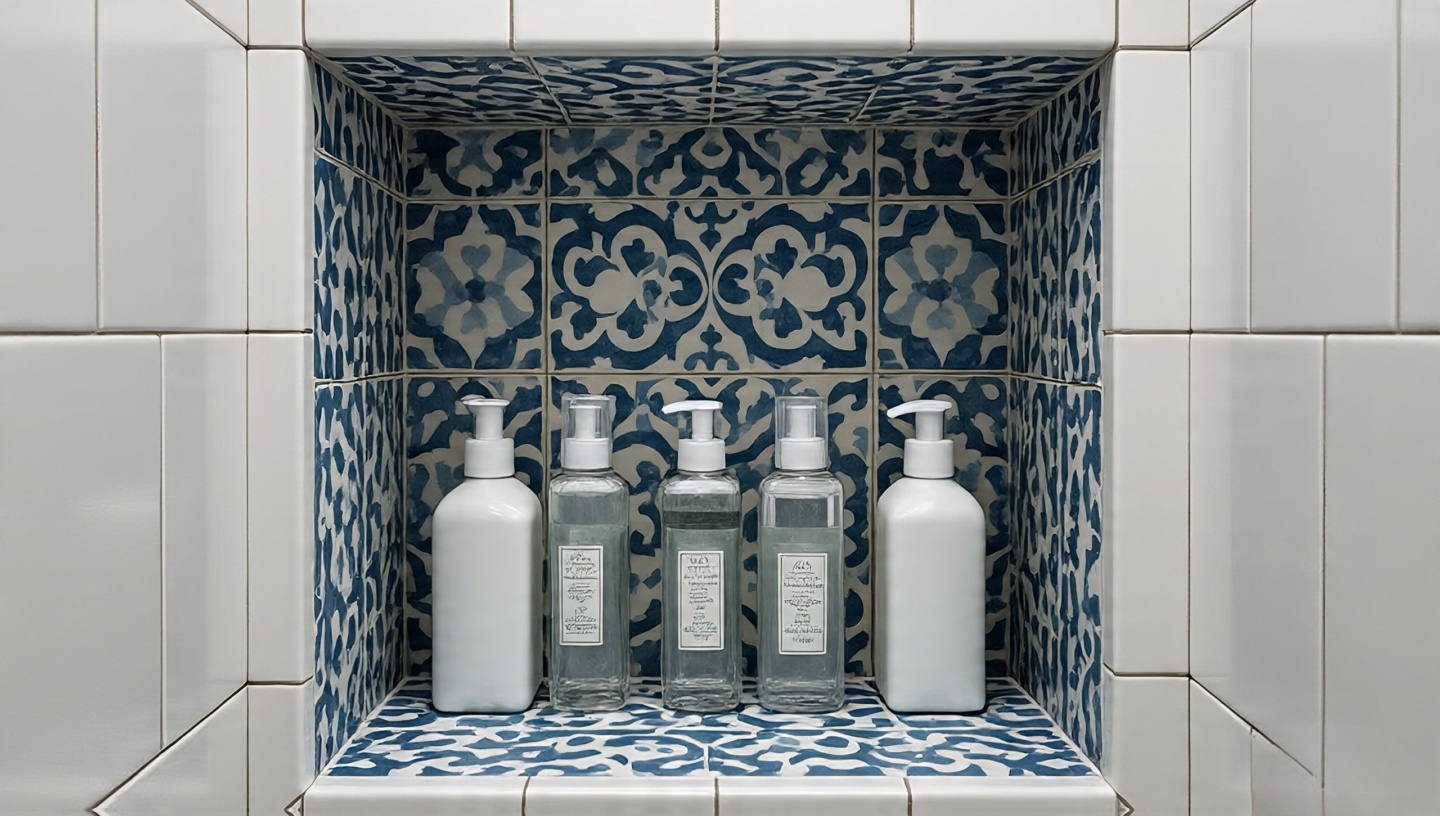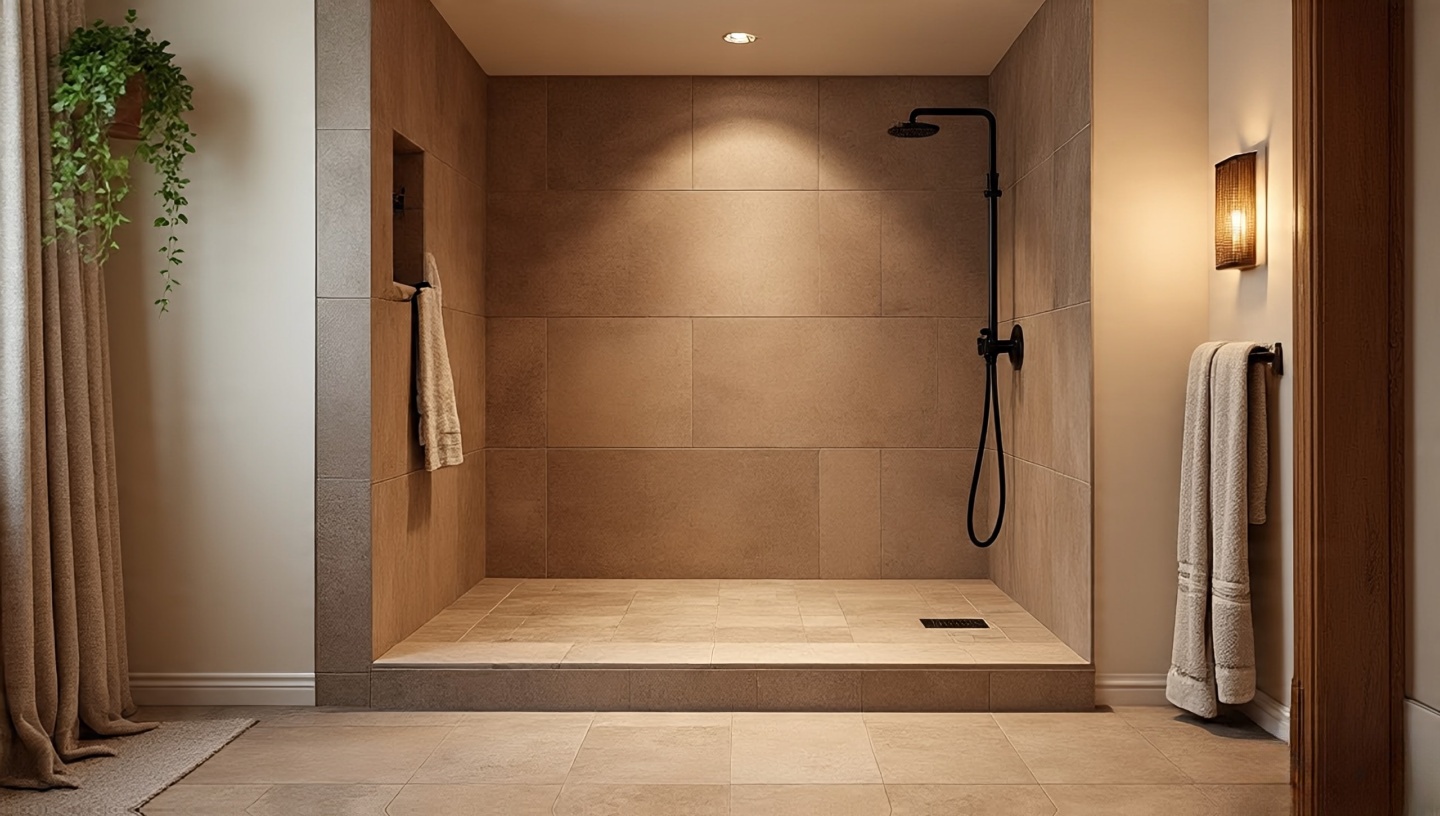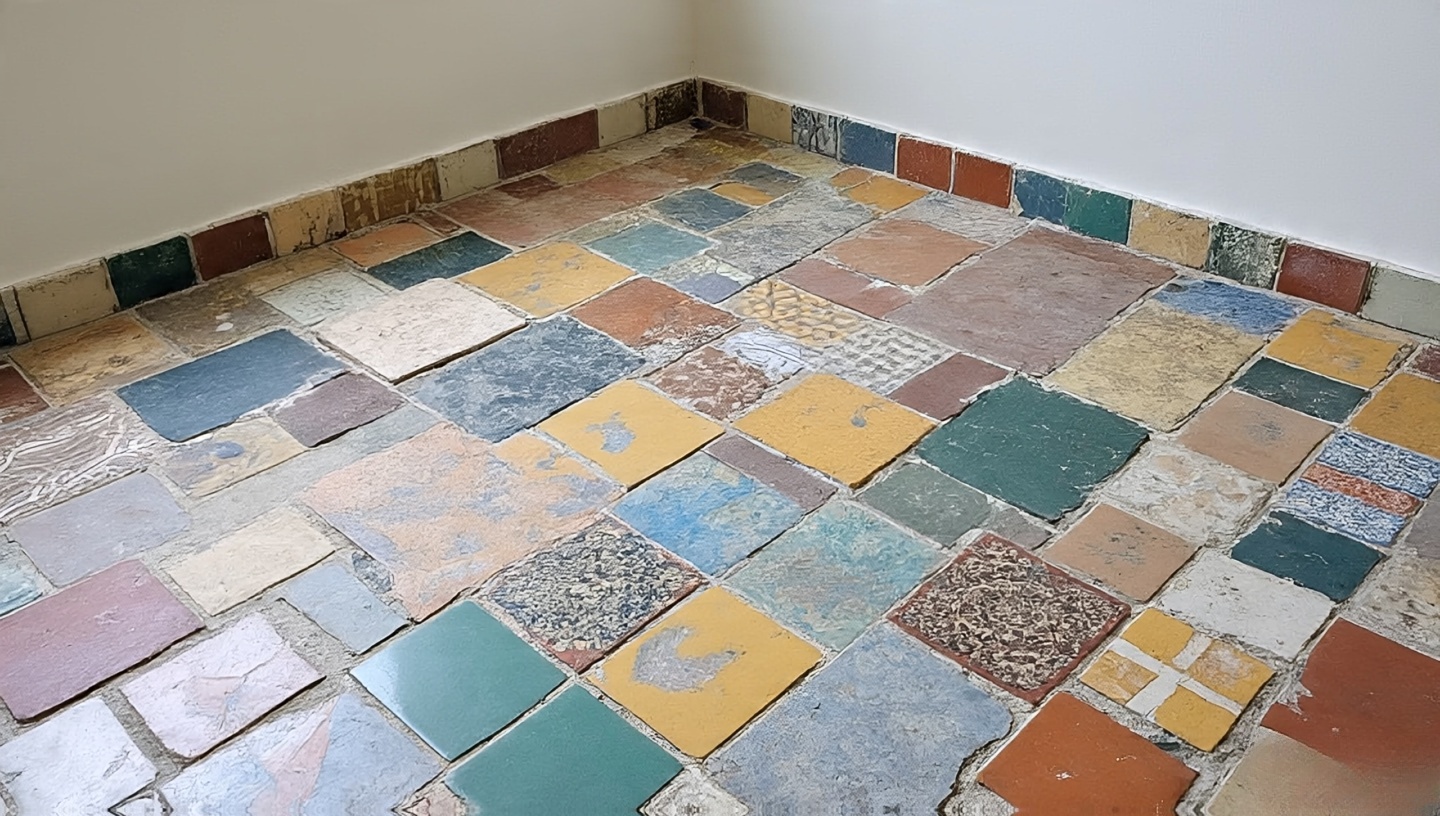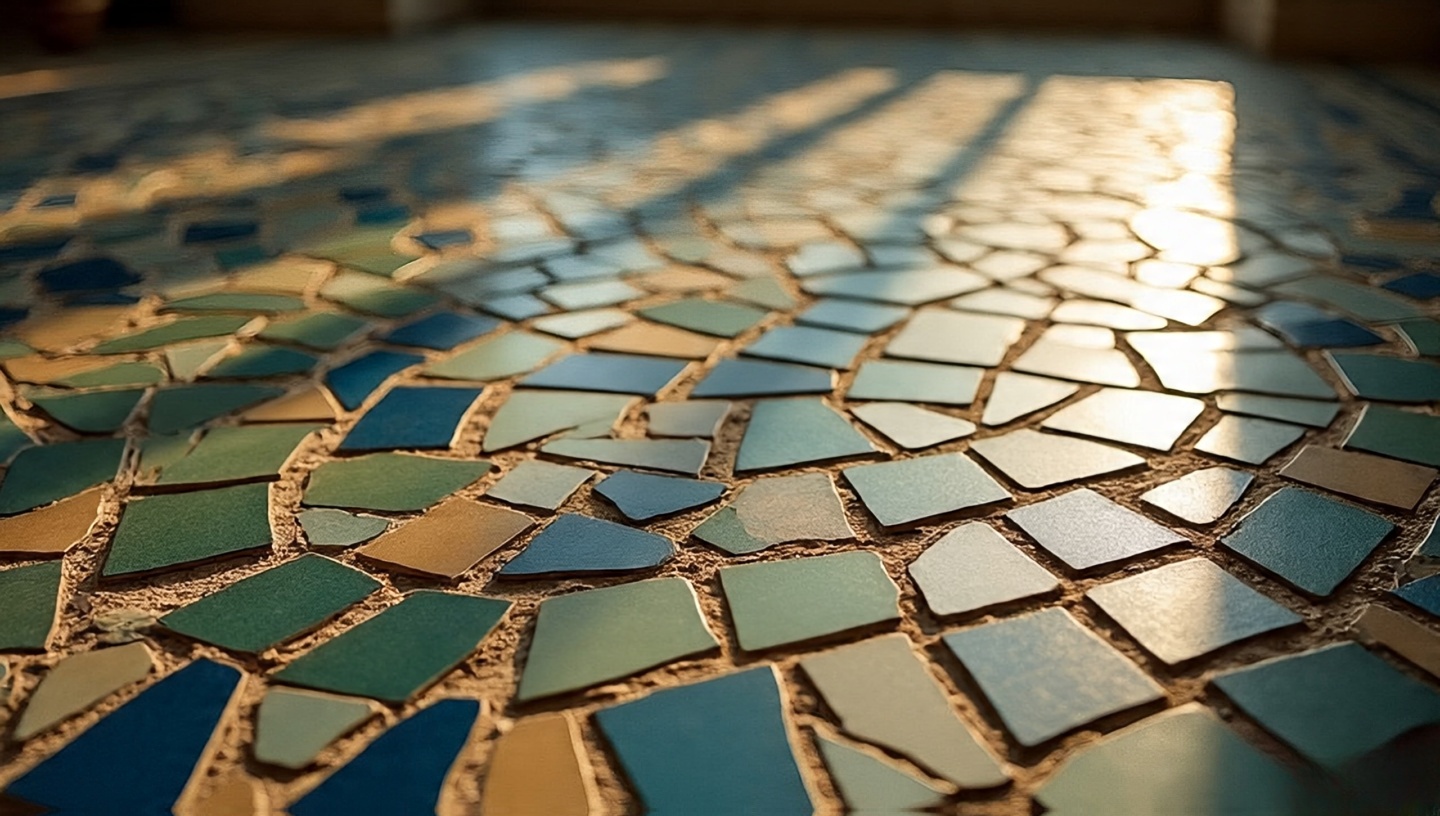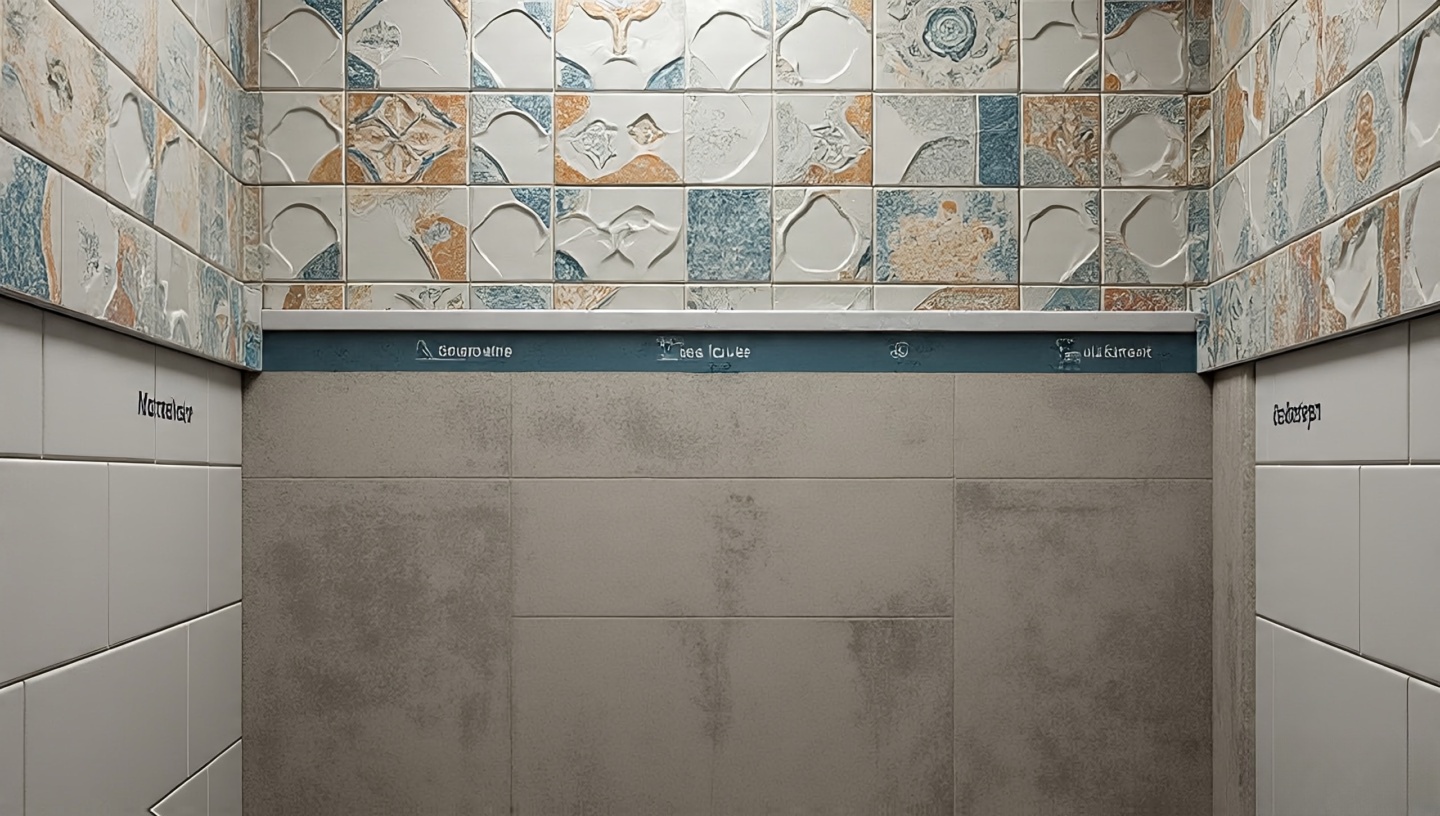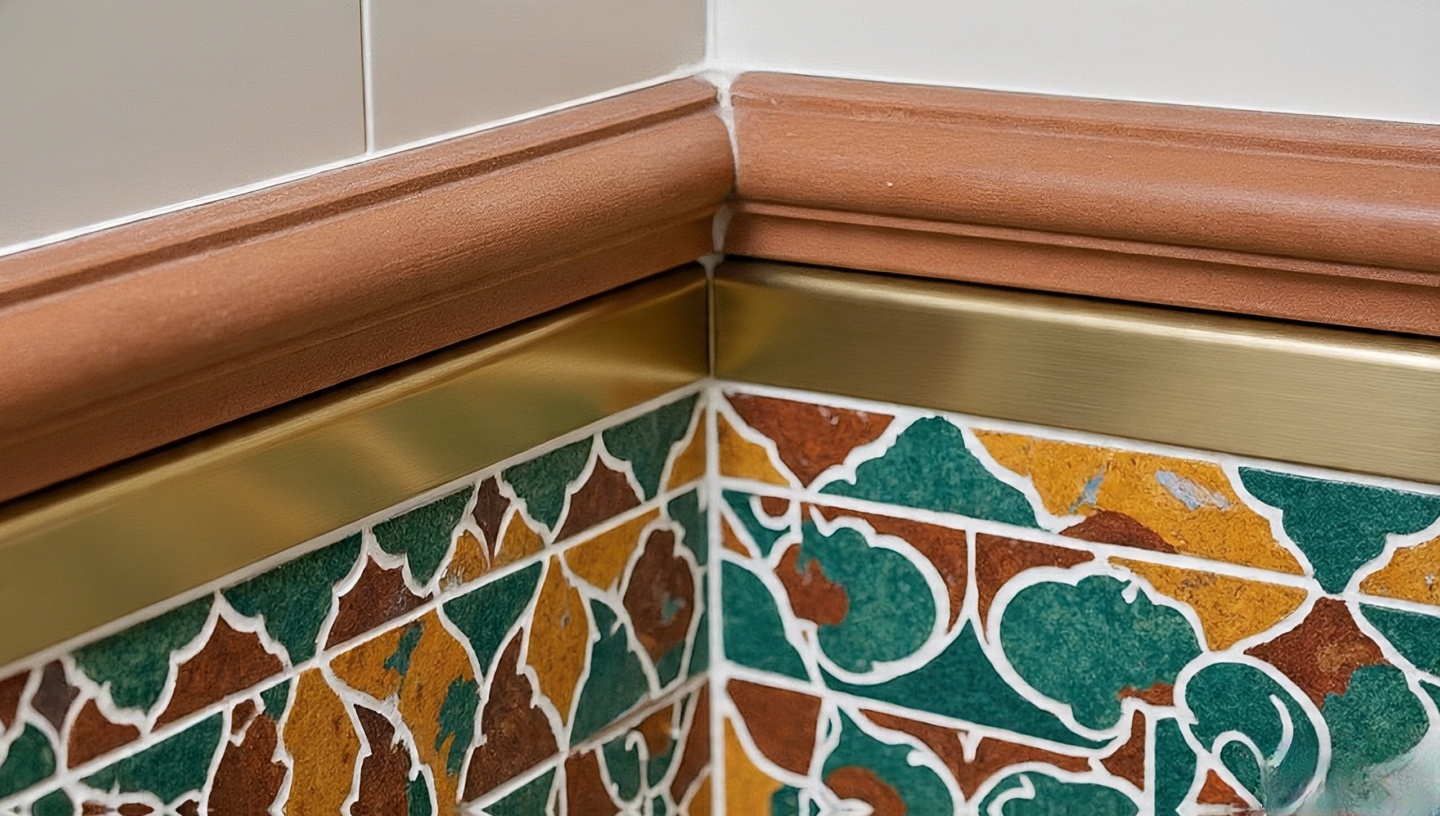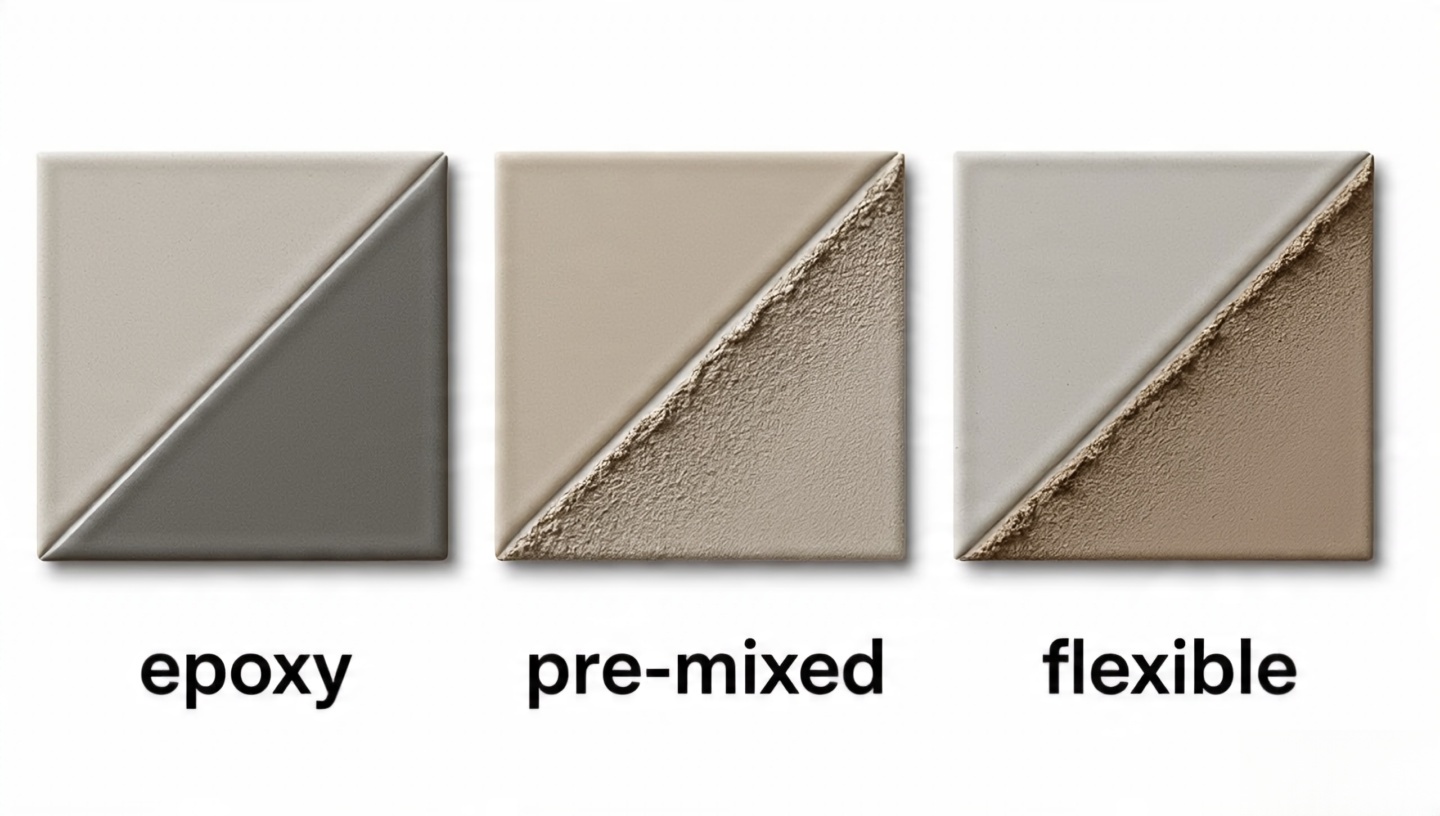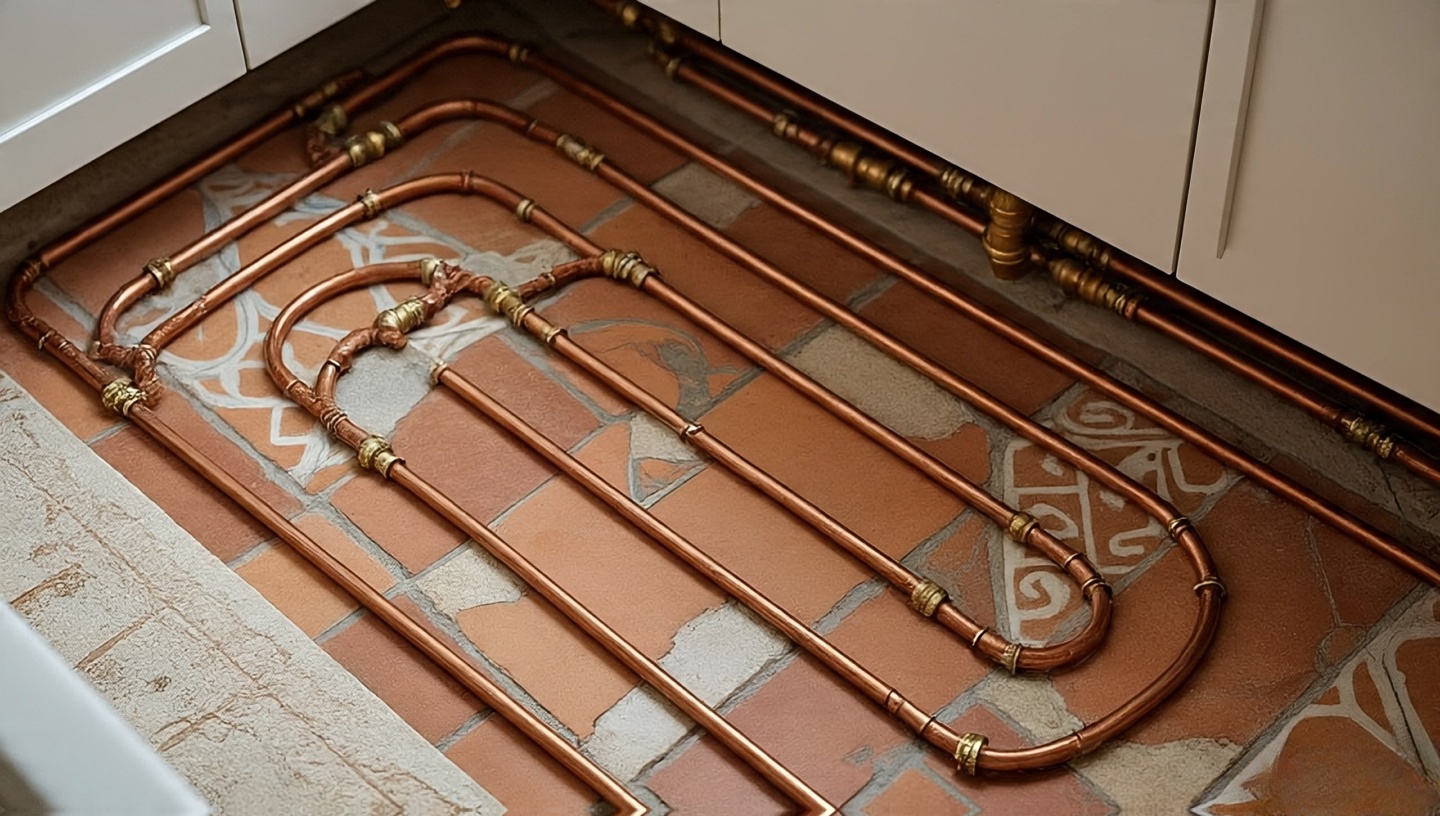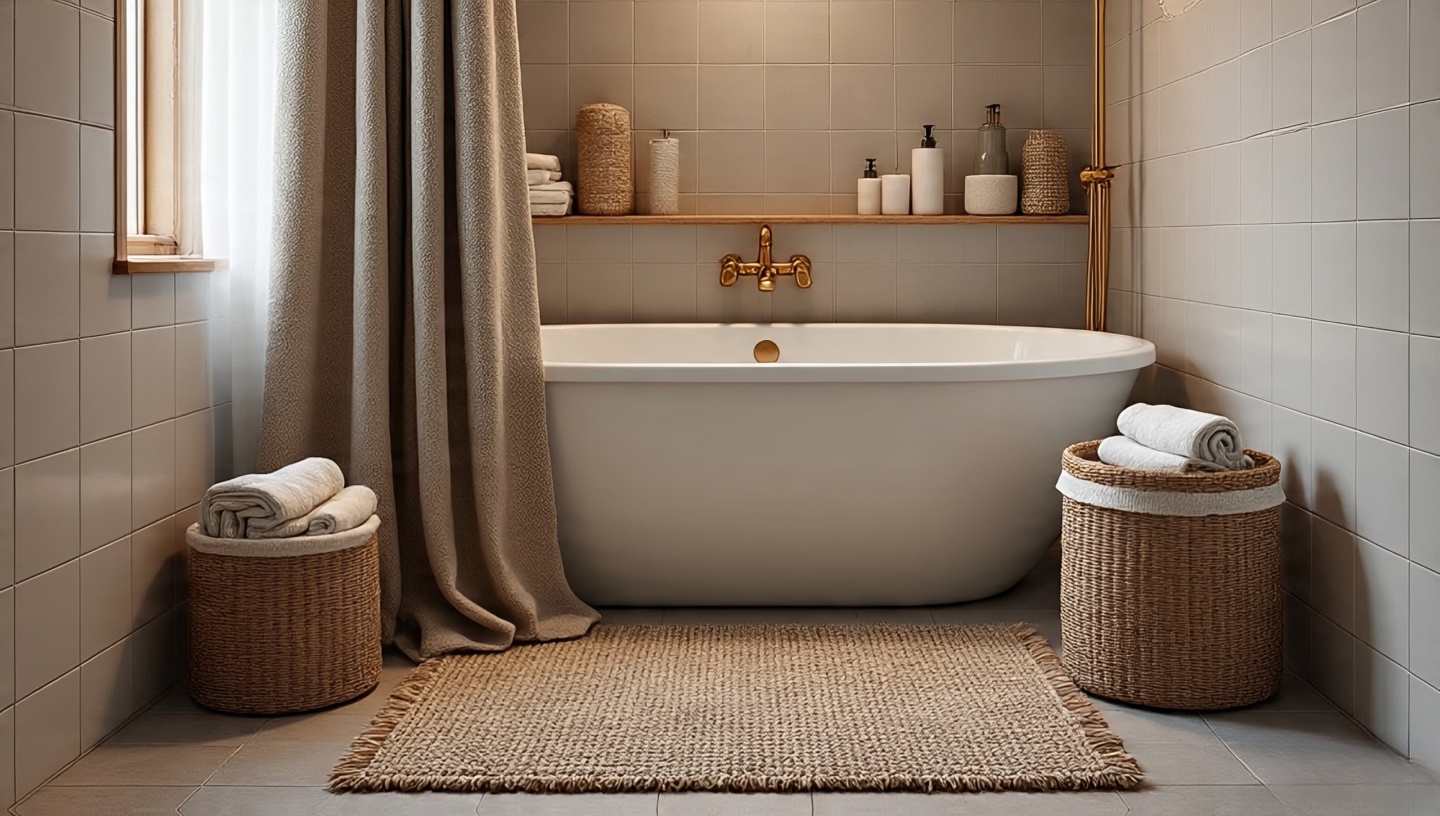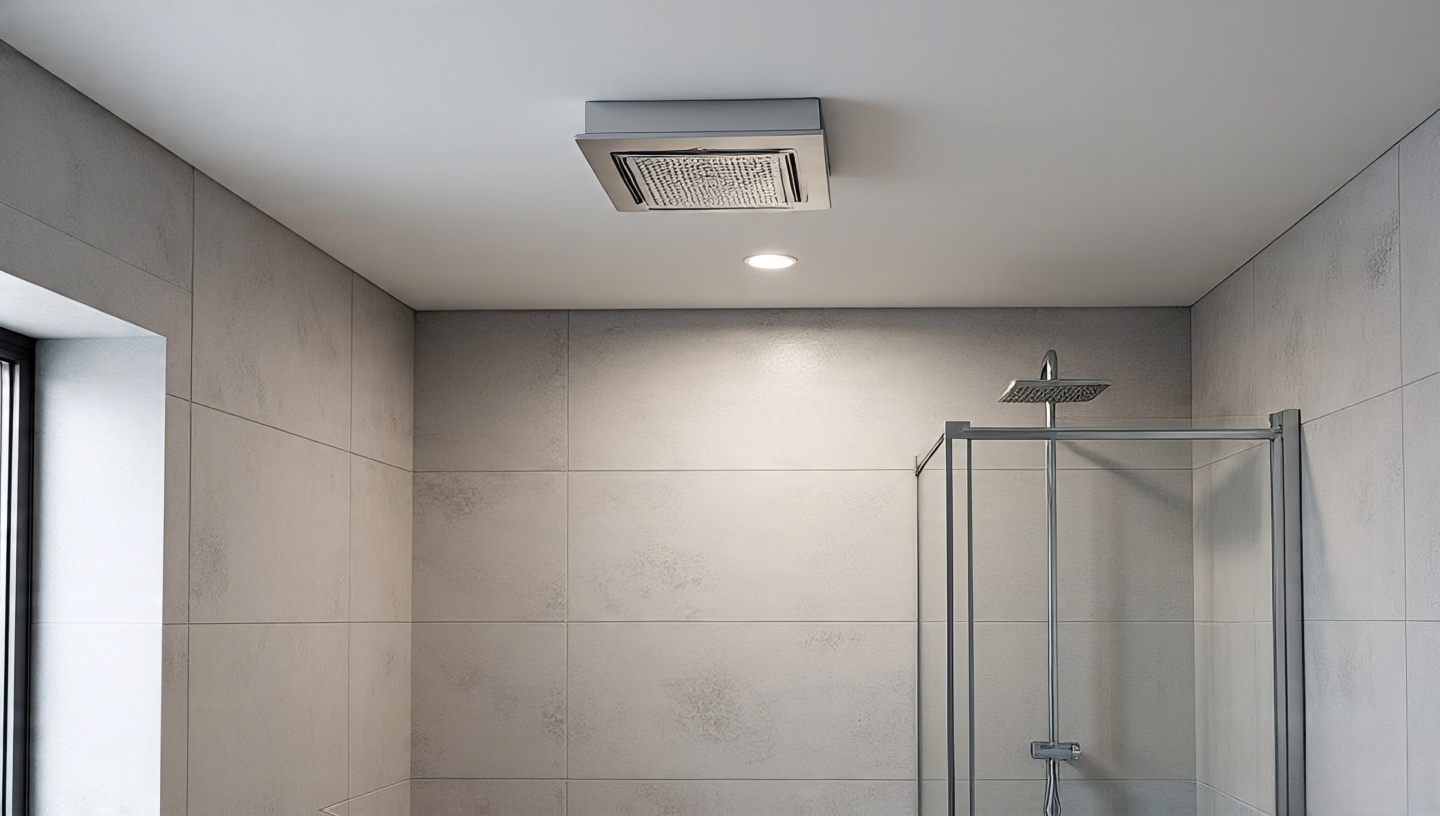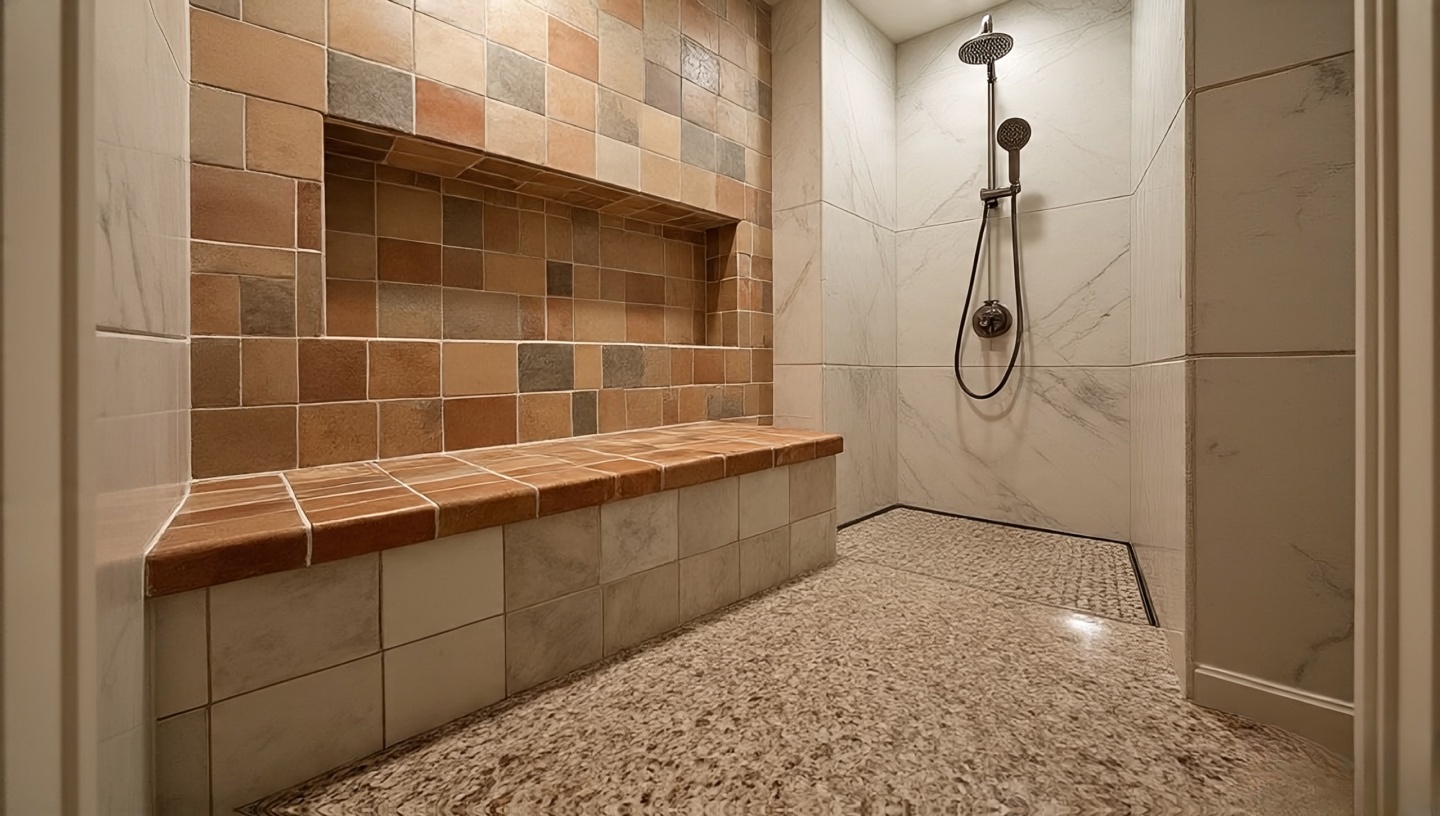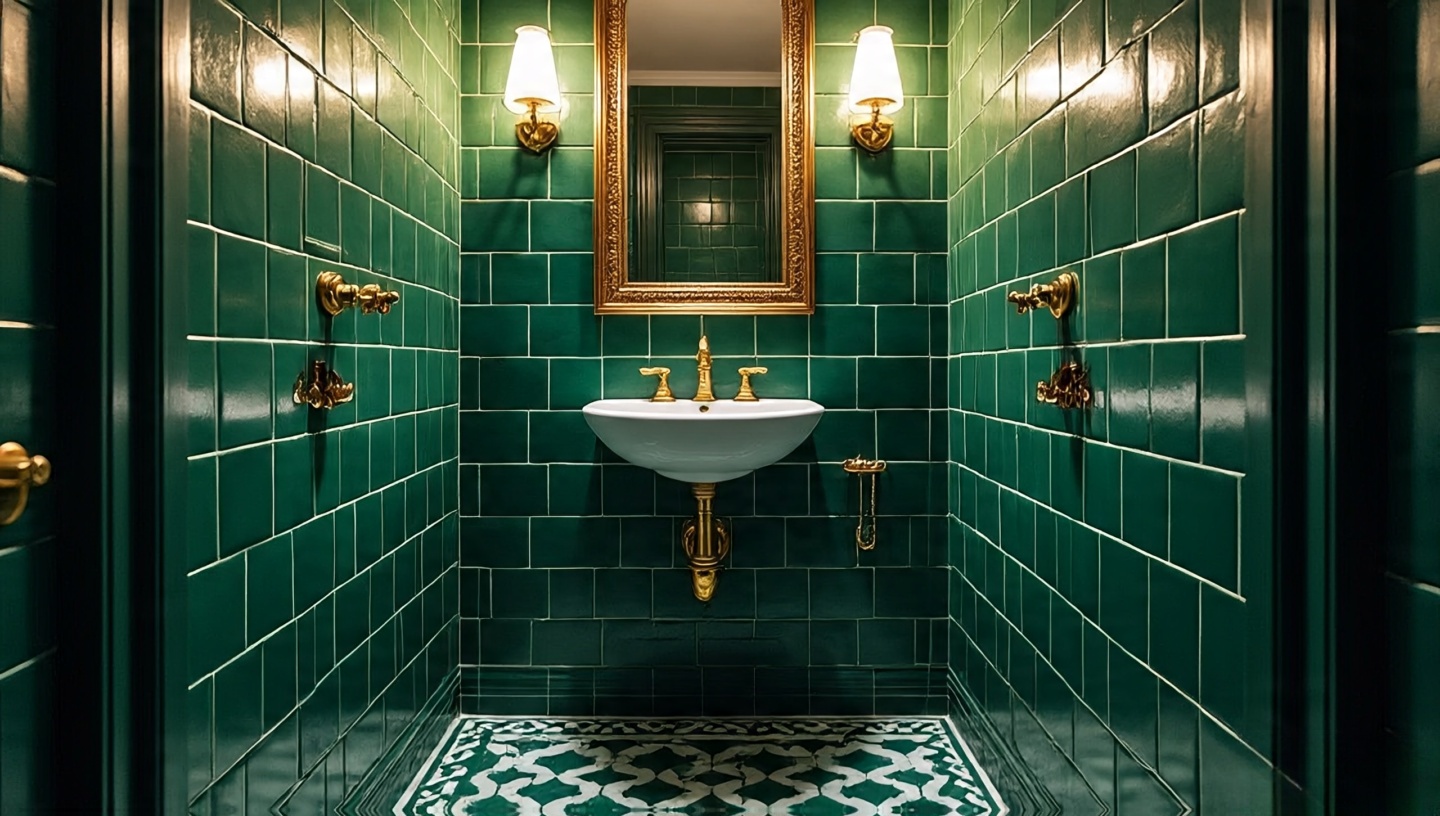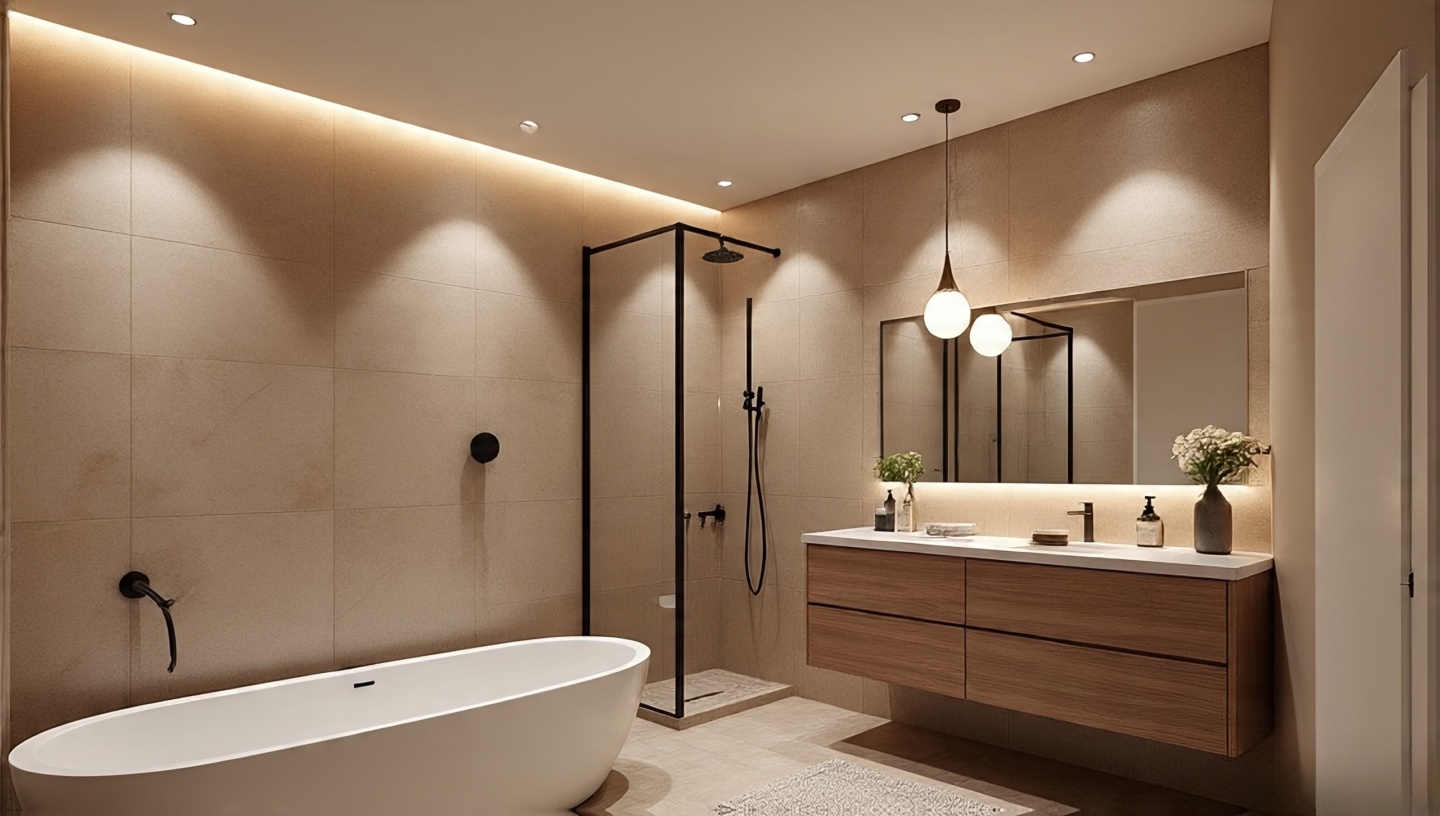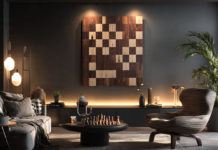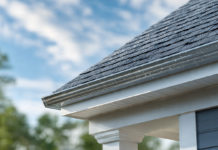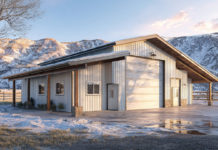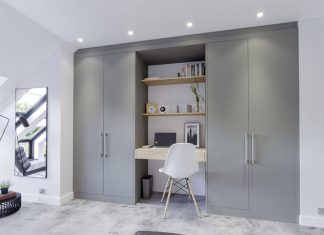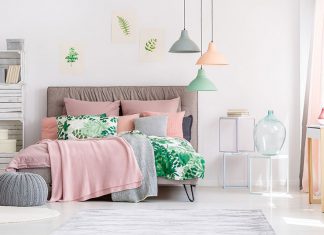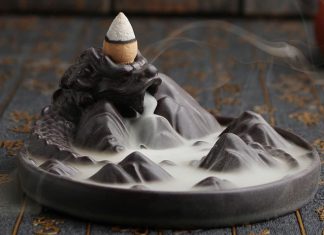Roohome.com – I’ve always believed a bathroom should feel more than just functional. It’s where mornings begin with half-shut eyes, and where evenings end in quiet ritual. Adding Boho elements especially through tiles shifts the mood instantly. I still remember stepping barefoot onto hand-cut Moroccan zellige tiles: they were cool, imperfect, and alive. Each glaze ripple caught the light differently, telling a story. That, to me, is the essence of Bohemian design: soulful imperfection.
If you’ve ever looked at your plain bathroom and thought, “This space could sing,” you’re in the right place. This guide goes far beyond pretty inspiration. You’ll find practical dimensions, cost trade-offs, installation notes, and lessons from decades of practice. Whether you’re remodeling a master bath or refreshing a powder room, Boho tiles can transform it into a story-filled retreat.
1. Why Boho Bathrooms Speak to the Soul
Unlike minimalist spaces, Boho bathrooms celebrate imperfection and layers of culture. Tiles become a language of memory: Moroccan courtyards, Spanish afternoons, Mexican fiestas. In small spaces, these fragments combine into a collage that feels grounding and adventurous.
Designer’s Note
Don’t aim for showroom polish. Lean into chipped edges and glaze variations. These details add authenticity and character.
2. Patterns That Tell Stories
- Moroccan mosaics: Rich and intricate. Best as a feature wall or backsplash.
- Terracotta: Warm and earthy. Works beautifully under natural light.
- Patchwork: Collect vintage or leftover tiles for a scrapbook floor effect.
Common Mistake
Using heavy pattern on all surfaces can overwhelm. Balance with plain walls or plaster to let patterns breathe.
3. Zellige: Perfectly Imperfect
Zellige tiles embody the Boho spirit with uneven edges and shade variations. Their shimmer changes throughout the day, offering movement and life.
Installation Tip
Don’t align too perfectly. Let natural irregularities create rhythm. Pair with rustic wood vanities or brass taps.
4. Balancing Boldness and Calm
Think of design like music. If every instrument is loud, there’s no melody. Bold patterned floors work best with calm walls, and vice versa.
Decision Matrix: Balance Strategy
- Bold floor + calm wall: Mosaic tiles underfoot, limewashed plaster walls.
- Bold wall + muted floor: Jewel-toned zellige shower, terracotta base tiles.
5. The Unsung Hero: Grout Choices
- Dark grout: Frames tiles like art, hides dirt in traffic zones.
- Colored grout: Adds playful detail, e.g., turquoise with white tiles.
- Neutral grout: Keeps focus on patterned tiles.
Common Mistake
Pure white grout on busy floors stains quickly. Choose sand, gray, or mid-tone alternatives for longevity.
6. Textures That Invite Touch
Tiles engage more than sight. Smooth zellige, rough cement, or pebble mosaics underfoot create tactile memories. A pebble floor in a Marrakech riad once felt like a morning massage for my feet a design surprise that stayed with me.
7. Practical Selection Tips
- Durability: Ensure slip- and water-resistance for floors.
- Samples: Test under natural and artificial light before bulk orders.
- Scale: Mix large and small tiles to avoid visual clutter.
- Maintenance: Use textured tiles on walls more than floors to avoid soap buildup.
8. Designing for Small Bathrooms
Even compact powder rooms can shine with Boho tiles. A backsplash or shower niche lined with jewel-toned zellige becomes a focal point.
For ideas, explore 48 Boho bathroom ideas with earthy tiles and plants.
9. Budget-Friendly Boho Tricks
Handmade tiles are pricey, but you don’t need full coverage. Use artisan tiles as accents and fill gaps with plain ceramics. Half-tiled walls topped with limewash are rustic and economical.
For further reading, see how to create a spa-like Southwestern bathroom on a budget.
10. Lighting and Tiles: A Hidden Relationship
Glossy tiles reflect, expanding small spaces. Matte tiles absorb, creating intimacy. Candlelight against glossy tiles feels like camping only refined.
11. Dimensions and Clearances That Work
Tiles are beautiful, but bathrooms demand precision. Even the most artistic design fails if you can’t move comfortably in the space.
Recommended Clearances
- Floor tiles: Aim for slip-resistant surfaces with a minimum DCOF (Dynamic Coefficient of Friction) of 0.42 in wet areas.
- Grout width: 3–5 mm for handmade tiles like zellige; tighter joints (1–2 mm) for machine-cut ceramics.
- Shower walls: Keep tile coverage up to 2.1 m (7 ft) to prevent moisture damage above.
Designer’s Note
I once reviewed a bathroom where the zellige was installed with machine-tight grout lines within months, cracks appeared. Handmade needs breathing room.
12. Materials and Finishes: Pros and Cons
- Terracotta: Warm, breathable, but porous. Needs sealing every 2–3 years.
- Cement tiles: Bold patterns, highly durable, but heavy. Best for floors if substrate is strong.
- Porcelain look-alikes: Budget-friendly, durable, but may lack the soulful irregularity of handmade tiles.
13. Climate and Code Considerations
Not all Boho tile choices behave the same in different climates.
- Tropical humidity: Prioritize sealed terracotta or porcelain to prevent mold growth.
- Cold climates: Choose frost-resistant tiles for bathroom floors near exterior walls.
- Building codes: Many jurisdictions require non-slip tiles (R10 or higher) in wet zones.
Common Mistake
Using outdoor terracotta indoors without sealing in humid regions. Fix: Apply breathable sealant and reapply regularly.
14. Installation Sequencing
The order of work matters. A misstep can cause costly rework.
- Plan tile layout before purchase (avoid awkward half-tiles in corners).
- Start with wall tiles before floors to prevent damage from falling debris.
- Allow 24–48 hours of curing before grouting.
- Seal porous tiles before installation to prevent grout staining.
15. Mistakes and Fixes from the Field
Mistake: Overmixing Patterns
Fix: Limit to 1–2 bold motifs, balance with solids.
Mistake: Ignoring Tile Thickness
Fix: Use transition strips where artisan tiles meet thinner ceramics.
Mistake: Using Wrong Adhesive
Fix: Cement tiles need flexible adhesive rated for weight; zellige works best with lime-based mortar.
16. Cost vs. Value
Handmade tiles can be expensive, but consider lifecycle value.
- Handmade zellige: $25–$40/sq ft. Adds cultural value and resale appeal.
- Cement patterned tiles: $15–$25/sq ft. Long-lasting, but requires sealing.
- Porcelain replicas: $5–$12/sq ft. Budget-friendly, less unique.
Decision Framework
If budget is tight, invest in artisan tiles for focal areas (backsplash, niche) and use porcelain elsewhere.
17. Cultural Inspirations and Fusion
Boho is not one culture it’s a blend.
- Moroccan: Zellige and starburst mosaics.
- Spanish: Terracotta floors and Andalusian patterns.
- Mexican: Talavera tiles with bold painted motifs.
- Indian: Jaipur block-inspired encaustics.
18. Sustainable Choices
Eco-conscious design can coexist with Boho aesthetics.
- Choose reclaimed or vintage tiles to reduce environmental footprint.
- Use lime-based mortars that are breathable and lower in carbon output.
- Mix handmade artisan tiles with mass-produced ones for responsible use of resources.
Designer’s Note
I once sourced discarded tiles from renovation sites for a patchwork project. The result was budget-friendly and environmentally kind.
19. Boho Bathrooms for Families
Style must meet function when kids are involved.
- Choose slip-resistant tiles (R11 rating for shower floors).
- Avoid sharp tile edges opt for rounded trims.
- Consider darker grout to reduce cleaning stress.
20. When to Call a Professional
DIY is tempting, but artisan tiles demand skill. Hire a professional when:
- Working with zellige or encaustic cement tiles (they need careful spacing and sealing).
- Your bathroom has complex slopes or niches.
- You’re mixing multiple materials that need precise transitions.
21. Lighting Case Studies: Tiles Under Different Conditions
Tiles change dramatically with lighting. In one client’s home, glossy turquoise zellige looked vibrant in daylight but too reflective under cold LED. We swapped LEDs for warm 2700K bulbs, and suddenly the space felt like a Mediterranean spa.
- Natural light: Glossy tiles bounce sunlight, enlarging small spaces.
- LED downlights: Matte tiles reduce glare, keeping balance.
- Candlelight: Best paired with uneven finishes to create shimmer.
22. Regional Durability Considerations
Where you live matters in choosing tiles.
- Coastal homes: Salt air corrodes metal trims; choose brass or stainless steel with protective coatings.
- Urban apartments: Porcelain is practical for limited ventilation spaces.
- Mountain cabins: Terracotta pairs well with radiant heating systems but must be sealed.
Common Mistake
Using untreated cement tiles in coastal humidity. Fix: Apply penetrating sealers to block salt damage.
23. DIY vs. Professional Installation: Cost Breakdown
DIY seems cheaper upfront but may cost more in mistakes.
- DIY: $5–$10/sq ft (materials only). Risk of uneven spacing, grout haze, water leaks.
- Professional: $20–$40/sq ft installed. Higher upfront, but guarantees waterproofing and alignment.
Decision framework: If tiles are handmade, textured, or heavily patterned, hire a pro. For simple porcelain squares, DIY can be safe with patience.
24. Maintenance Schedules That Work
- Weekly: Wipe down surfaces to prevent soap scum buildup.
- Monthly: Reseal grout in heavy-use showers with spray-on protectants.
- Every 2–3 years: Reseal terracotta or cement to keep water resistance.
Designer’s Note
I revisit projects after a decade. Bathrooms with consistent resealing still look fresh; neglected ones show early erosion and staining.
25. Boho Bathrooms and Resale Value
Some clients worry Boho tiles might scare buyers. In my experience, thoughtfully chosen artisan tiles increase resale value, especially in high-end markets. Buyers appreciate uniqueness when balanced with neutral anchors.
Tip
If you plan to sell within 5 years, focus Boho tiles on easily replaceable surfaces (backsplashes, niches) rather than full floors.
26. Storage Solutions with Tile Integration
Boho isn’t clutter storage matters. Built-in tiled niches above bathtubs or in showers double as design statements.
- Use patterned tiles inside niches for surprise pops of color.
- Extend tile backsplashes upward to form open shelving ledges.
27. Safety and Accessibility in Boho Bathrooms
Beauty must not compromise safety.
- Slip resistance: R11-rated tiles for shower floors.
- Edges: Use bullnose trims or rounded stone caps.
- Accessibility: In walk-in showers, opt for larger-format tiles with minimal grout for wheelchairs.
Common Mistake
Choosing polished marble for wet floors. Fix: Reserve polished surfaces for walls only.
28. Mixing Boho with Other Styles
Boho blends well with other design languages:
- Industrial: Pair patterned cement tiles with matte black fixtures.
- Scandinavian: Whitewashed plaster with a single colorful Boho accent wall.
- Minimalist: Neutral palette floors with one patchwork backsplash.
29. Case Study: The Scrapyard Floor
One of my most memorable projects involved scavenging tile remnants from demolition sites. We pieced them into a patchwork bathroom floor. The result? A mosaic of decades, telling stories through each square. Visitors often said it felt like stepping on history itself.
30. The Emotional Impact of Tiles
Design isn’t just visual it shapes emotion. A polished marble bath may impress, but a Boho bathroom comforts. Imperfect tiles whisper of human touch, travel, and authenticity. In stressful times, stepping onto a hand-laid mosaic feels grounding, a daily reminder that beauty need not be flawless to be meaningful.
31. Waterproofing Layers You Can’t Skip
Tiles are not waterproof by themselves; it’s the layers beneath that protect your bathroom.
- Membranes: Always use liquid-applied or sheet waterproofing before tiling showers.
- Slopes: Shower floors need a minimum slope of 1/4 inch per foot toward the drain.
- Backer boards: Cement boards outperform drywall in wet zones.
Common Mistake
Skipping waterproofing behind zellige or terracotta. Fix: Apply RedGard or Schluter Kerdi systems before tile installation.
32. Tile Transitions and Edge Detailing
Edges often make or break the design. Unfinished edges cheapen even the most beautiful tiles.
- Bullnose trims: Smooth edges, ideal for family bathrooms.
- Metal edging strips: Modern and durable, available in brass, chrome, or matte black.
- Mitered edges: Seamless but requires skilled craftsmanship.
33. Advances in Grout Technology
Today’s grout options go beyond cement-based basics.
- Epoxy grout: Waterproof, stain-resistant, great for showers but more expensive.
- Pre-mixed grout: Convenient for small DIY jobs, consistent color.
- Flexible grout: Essential for tiles installed on heated floors.
Designer’s Note
I specify epoxy grout in hotels for long-term durability, but for homes, flexible grout often balances cost and performance.
34. Radiant Heating and Boho Tiles
Few things beat the comfort of warm tiles underfoot.
- Ceramic & porcelain: Excellent heat transfer, stable under heat cycles.
- Terracotta: Retains heat beautifully but needs sealing.
- Cement: Heavy, takes longer to warm but stores heat well.
Installation Tip
Use flexible adhesive and grout to accommodate thermal expansion. Avoid natural stone prone to cracking unless engineered for heating systems.
35. Acoustic Qualities of Tiled Bathrooms
Tiles amplify sound great for singing in the shower, less so for quiet relaxation.
- Add soft finishes like rugs, curtains, or woven baskets to absorb echo.
- Consider acoustic panels disguised as decorative wood or plaster elements.
36. Tile Layout Planning: Beyond Aesthetics
Layout isn’t just about looks it prevents awkward slivers of tile at edges.
- Dry lay first: Place tiles on the floor before installation.
- Center focal patterns: Align starbursts or medallions with vanities or tubs.
- Symmetry: Balance patchwork so busy areas don’t cluster at corners.
Common Mistake
Starting layout in one corner without alignment. Fix: Always measure and start from the centerline of the room.
37. Ventilation and Tile Performance
Good ventilation preserves tiles and grout. Bathrooms without proper airflow breed mold in porous finishes.
- Install exhaust fans rated at 1 CFM per square foot of bathroom floor area.
- For high ceilings, increase airflow capacity by 50%.
- Position fans near showers for maximum efficiency.
38. Integrating Niches and Benches
Niches and benches extend tile storytelling.
- Shower niches: Use contrasting tiles to highlight recesses.
- Benches: Terracotta or cement-tiled benches add warmth but must slope slightly for drainage.
39. Case Study: The Jewel Box Powder Room
A client wanted a guest powder room to feel like a “treasure chest.” We tiled all four walls in emerald zellige, used brass accents, and dimmed the lighting. Guests often lingered, saying it felt like stepping into a secret Moroccan courtyard.
40. Advanced Lighting Design with Tiles
Tiles and light can be choreographed like theater.
- Wall washers: Highlight textured tiles with grazing light for dramatic shadows.
- Recessed LEDs: Place under vanities to make floors glow subtly.
- Pendants: Hang above patterned backsplashes to create focal points.
Closing Thoughts: Bringing It All Together
Designing a Boho bathroom with tiles is less about following strict rules and more about curating stories, textures, and emotions. From the soulful shimmer of zellige to the grounding warmth of terracotta, every choice you make can transform a purely functional room into a sanctuary that feels alive. Whether you lean on patterns, grout contrasts, or subtle textures, remember that balance is key: bold needs calm, and imperfect details often create the most beauty.
Decision Checklist
- Have you chosen one “hero” tile as your centerpiece?
- Is there a balance between bold patterns and calm surfaces?
- Did you consider grout color and durability for long-term use?
- Are your tiles appropriate for your climate and code requirements?
- Have you budgeted smartly mixing artisan pieces with simpler fills?
Start small if you’re unsure: a backsplash, a niche, or a strip of mosaic can already shift the mood of your bathroom. Over time, you can layer more character as your story grows. That’s the beauty of Boho it’s never finished, always evolving, just like life itself.
